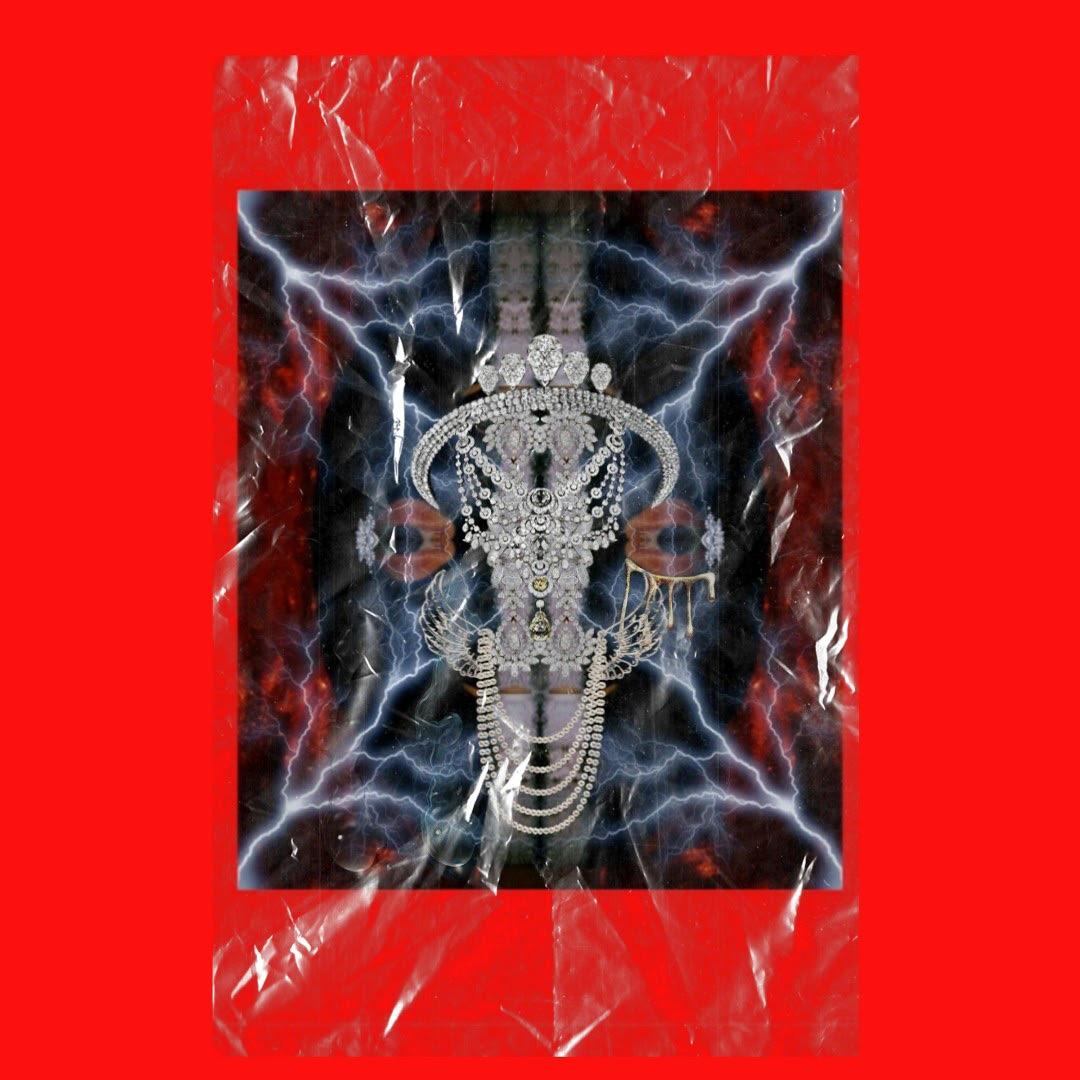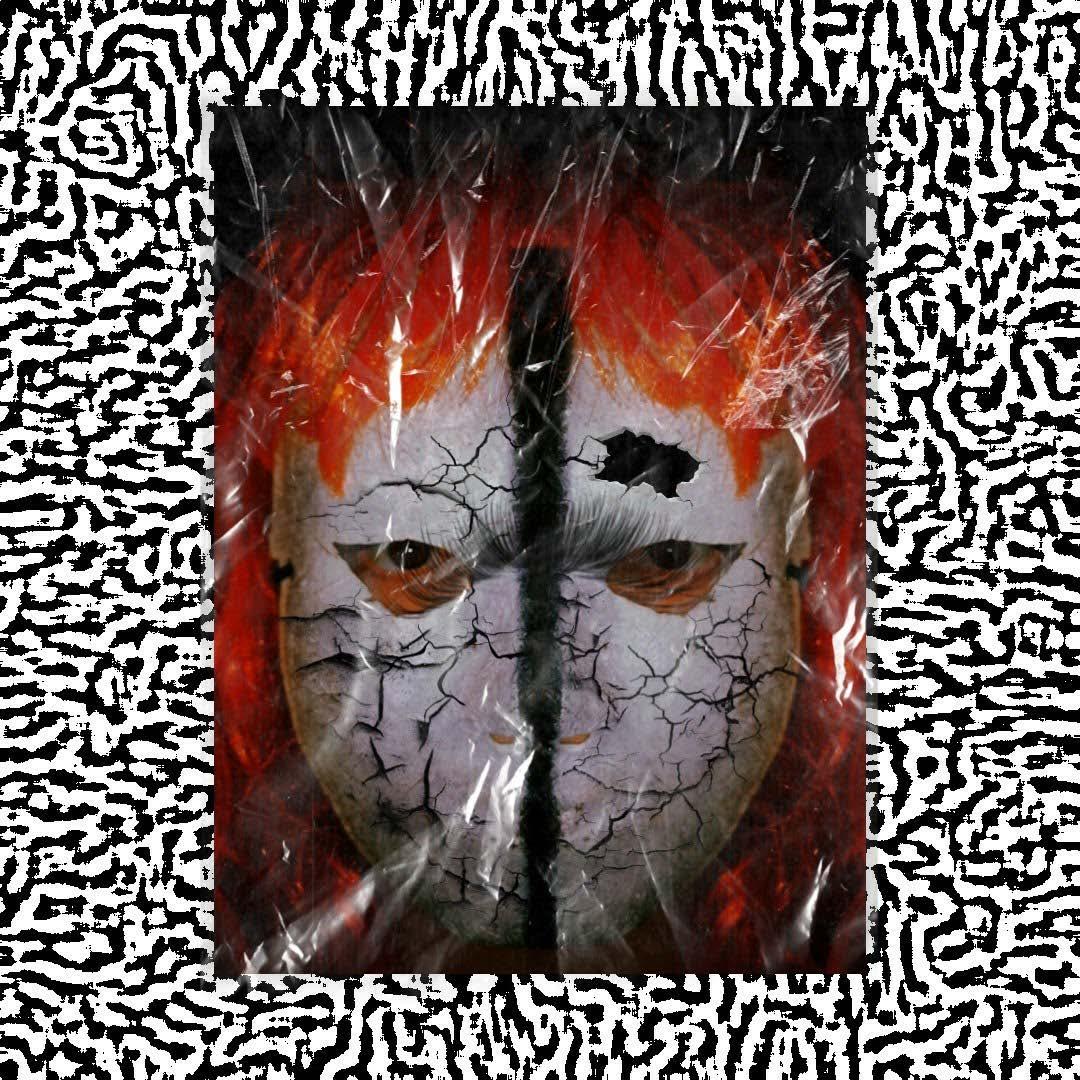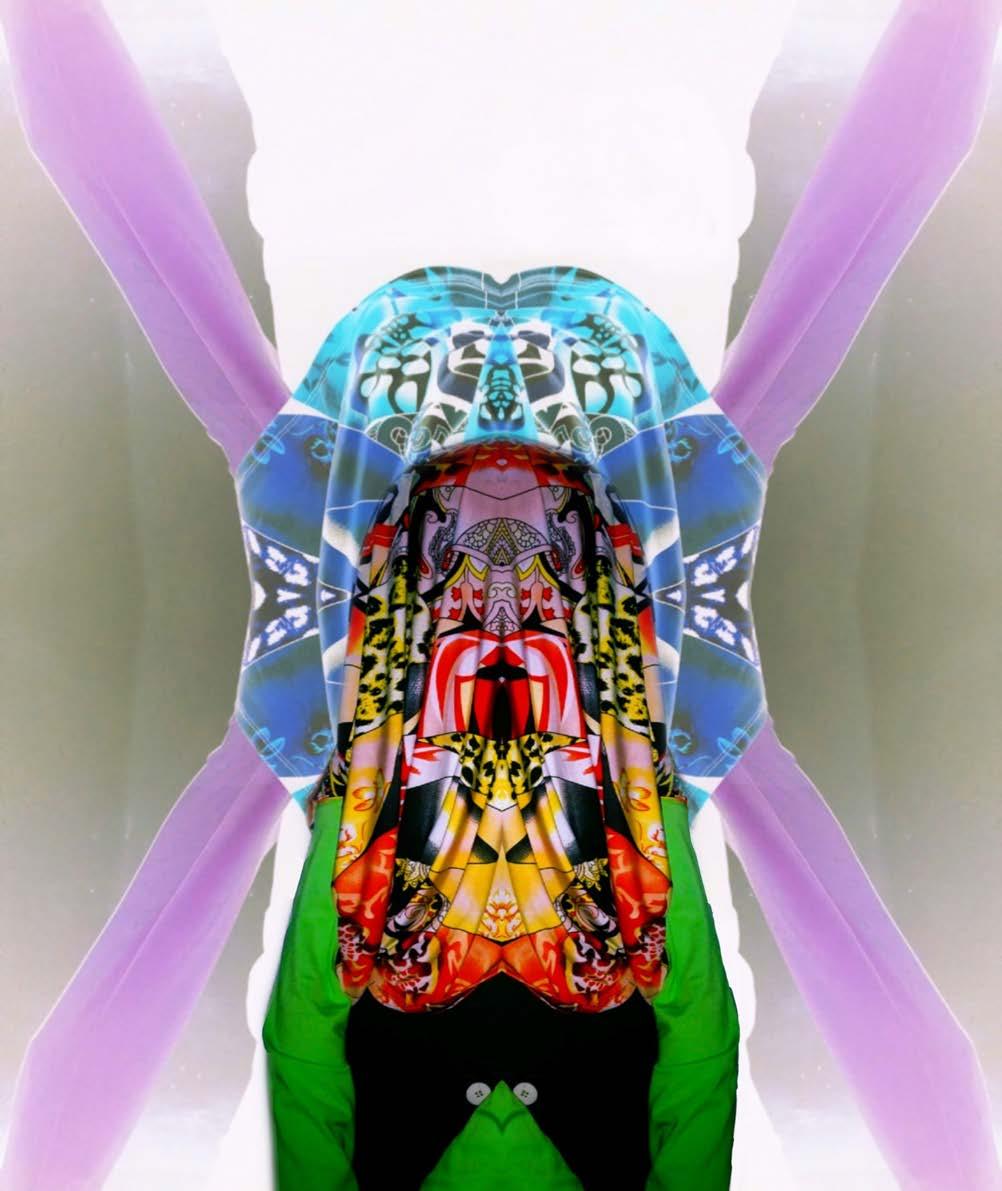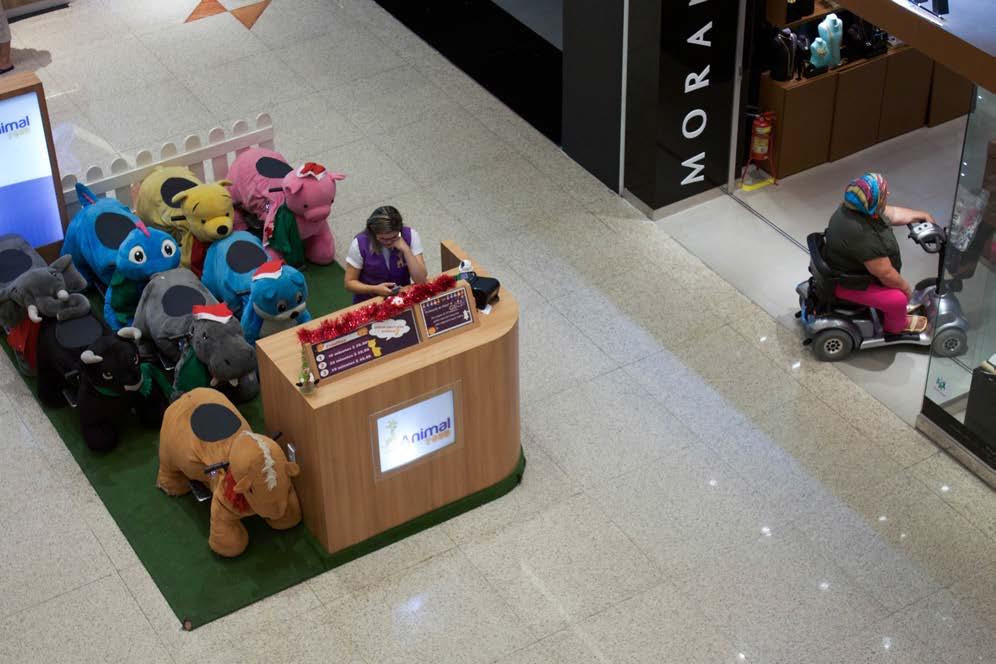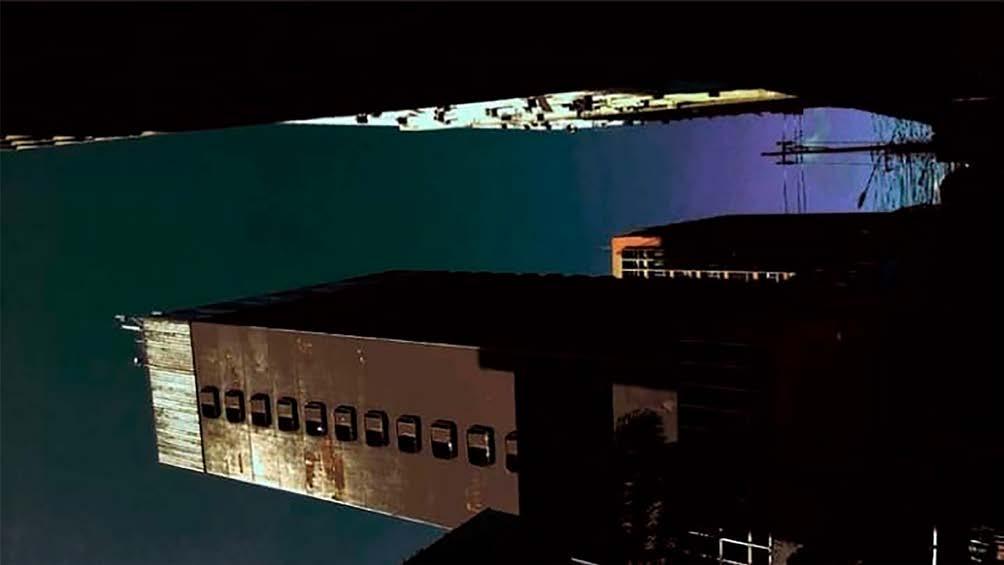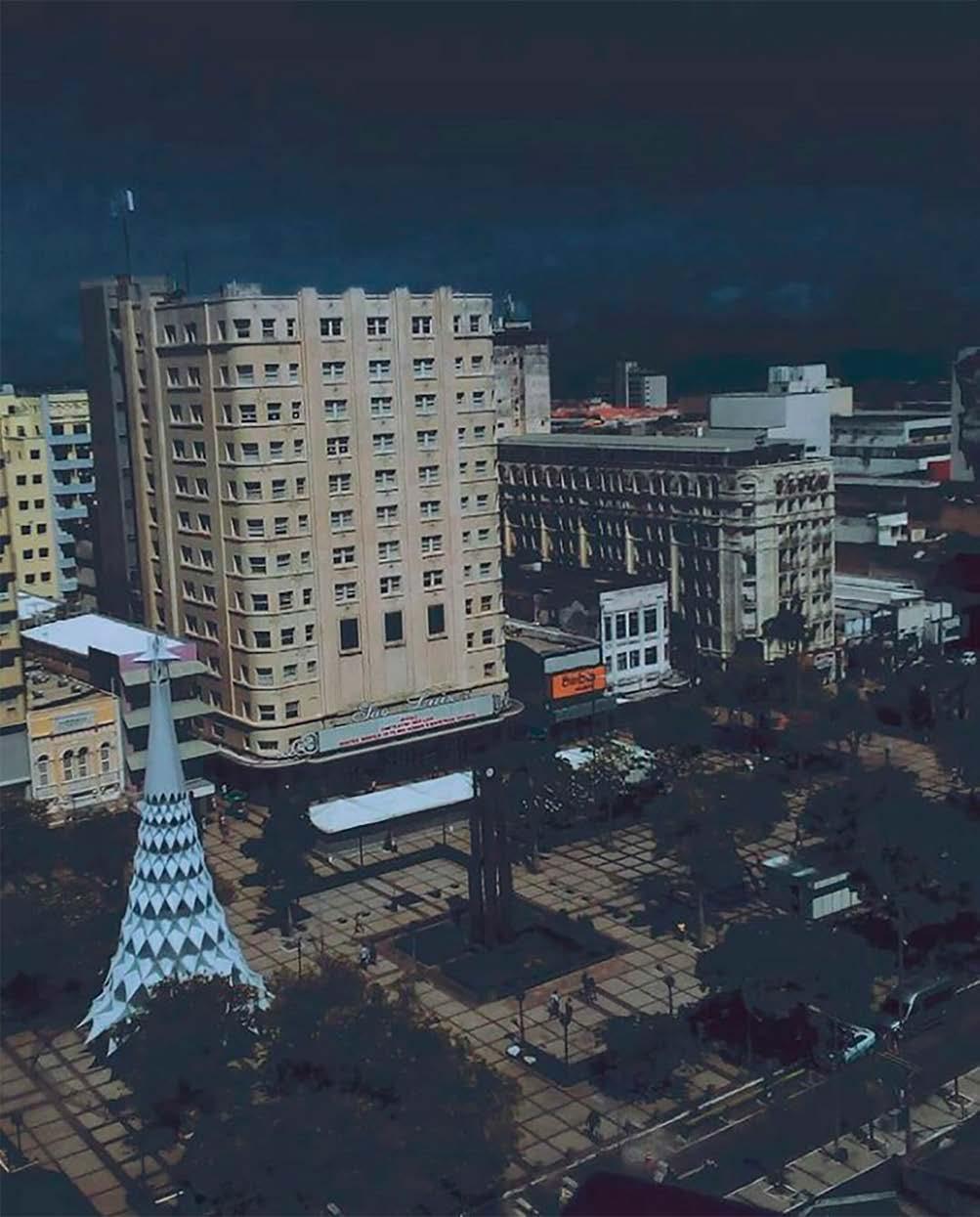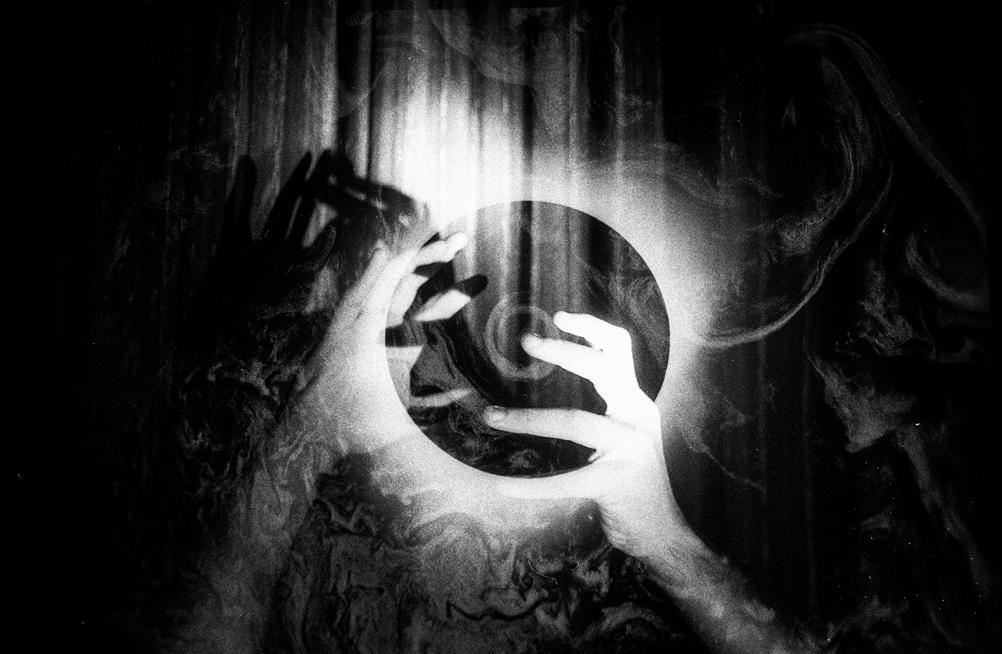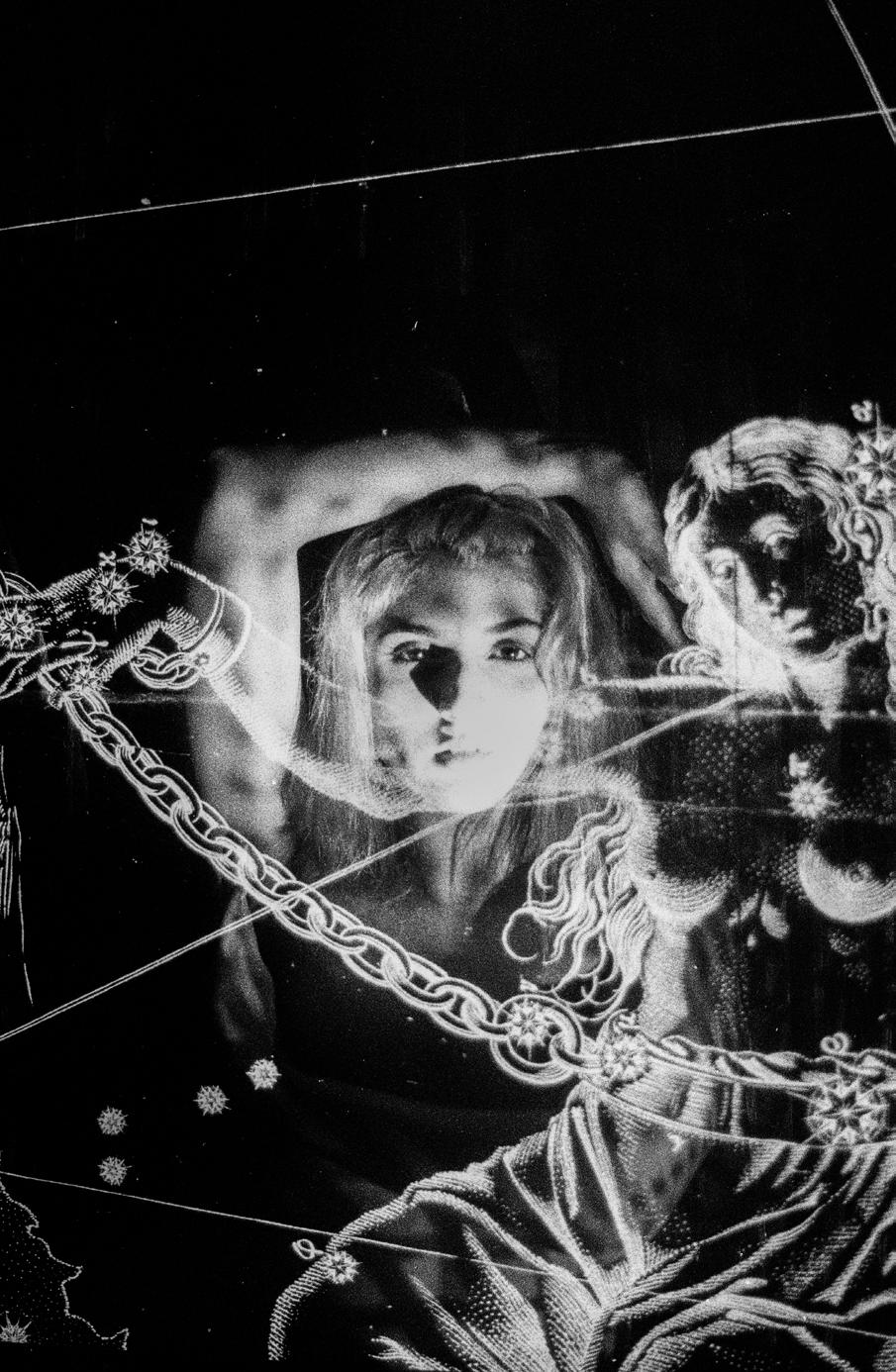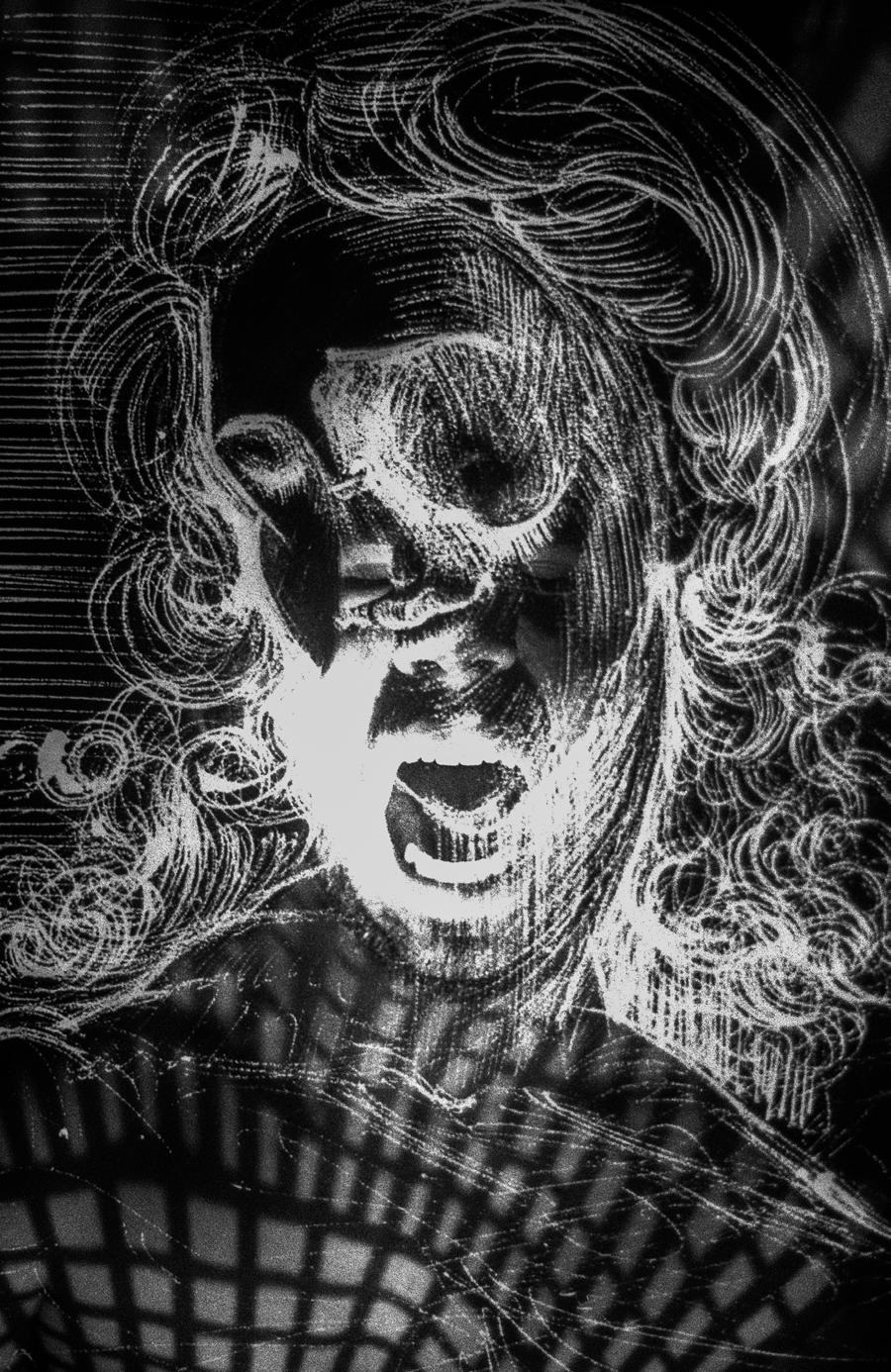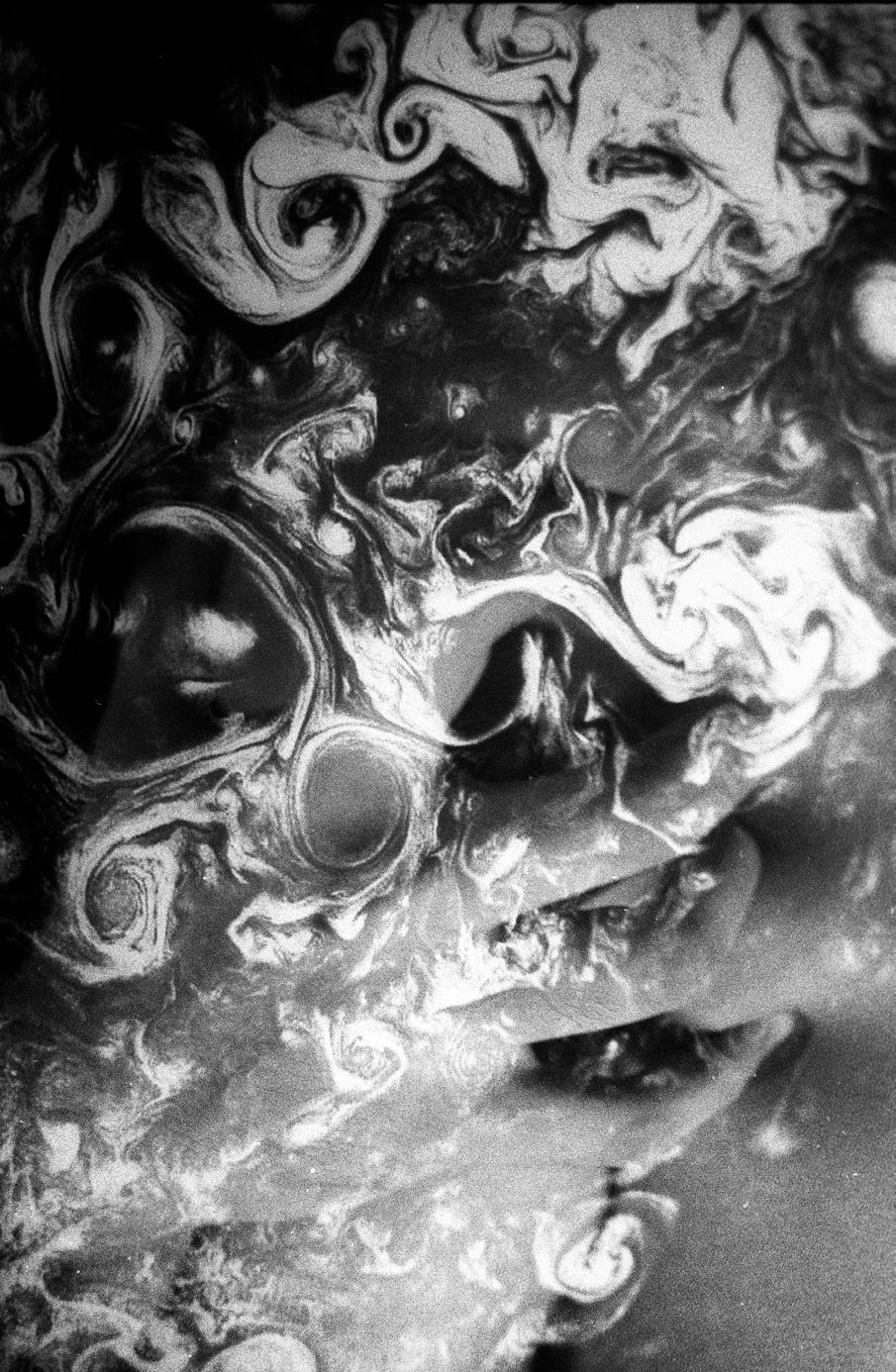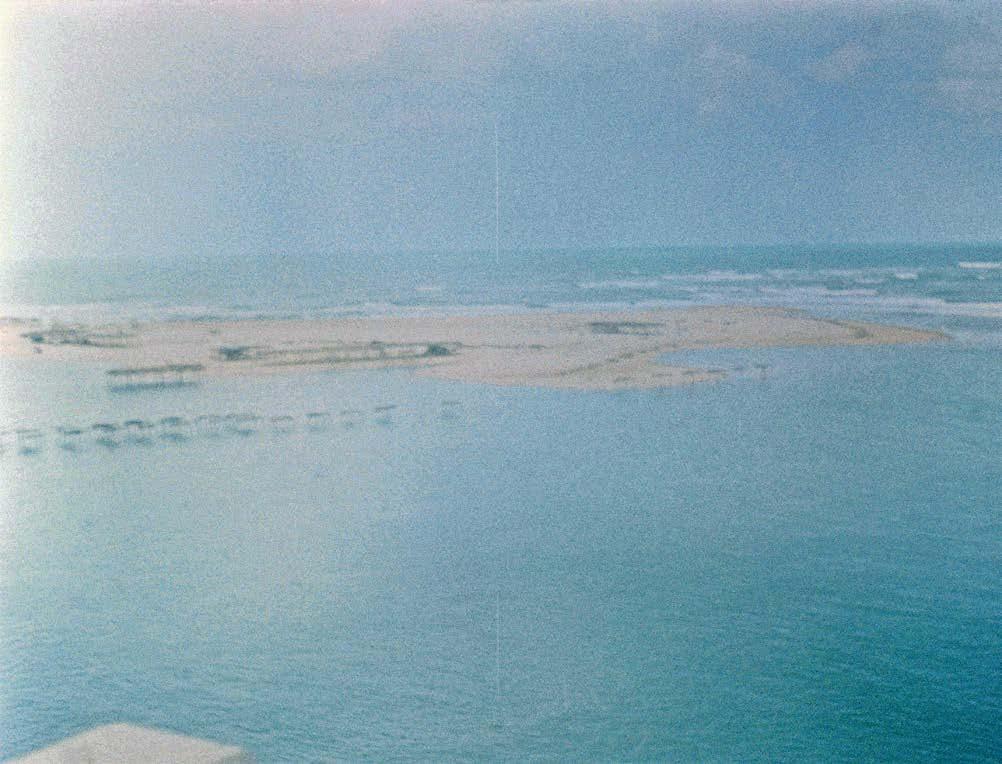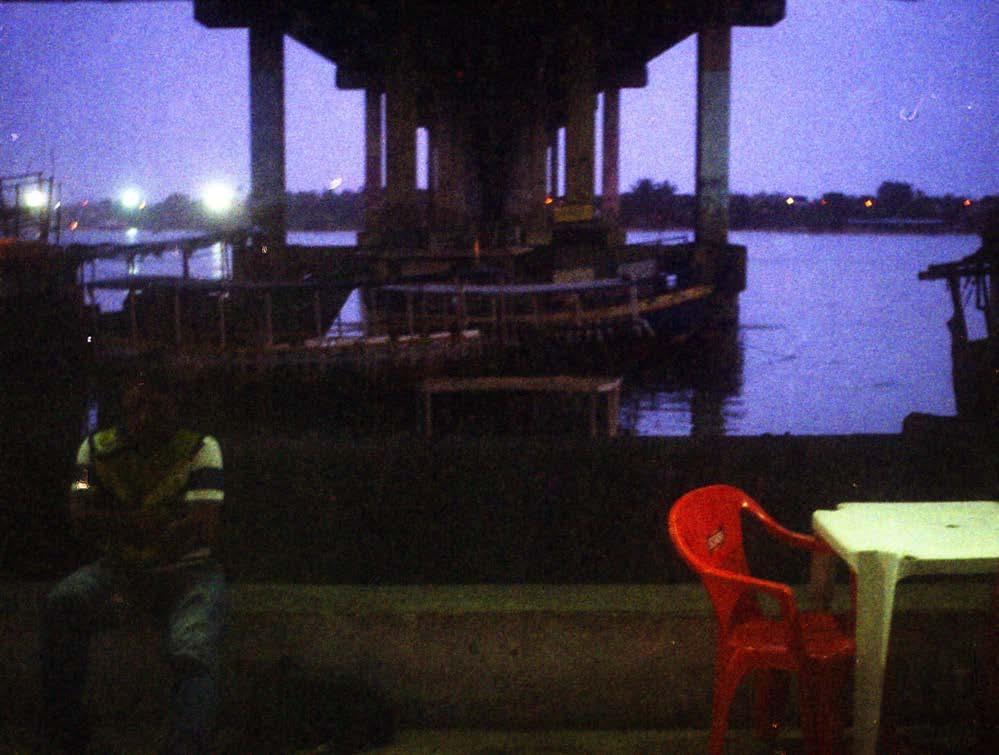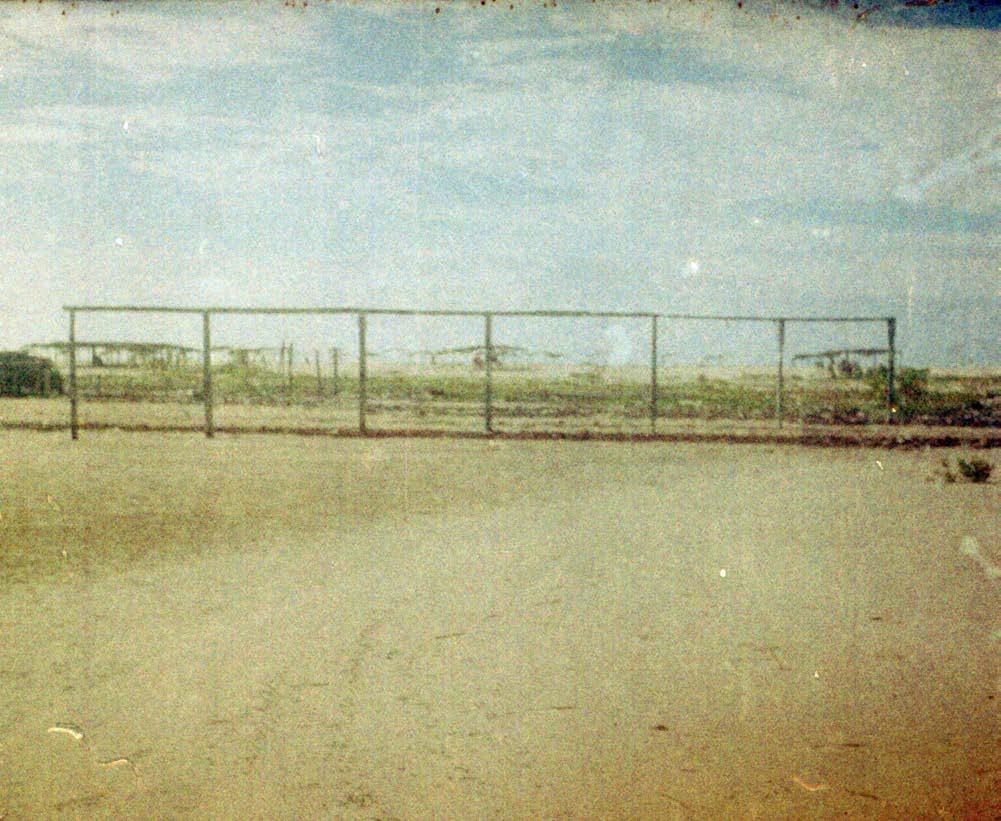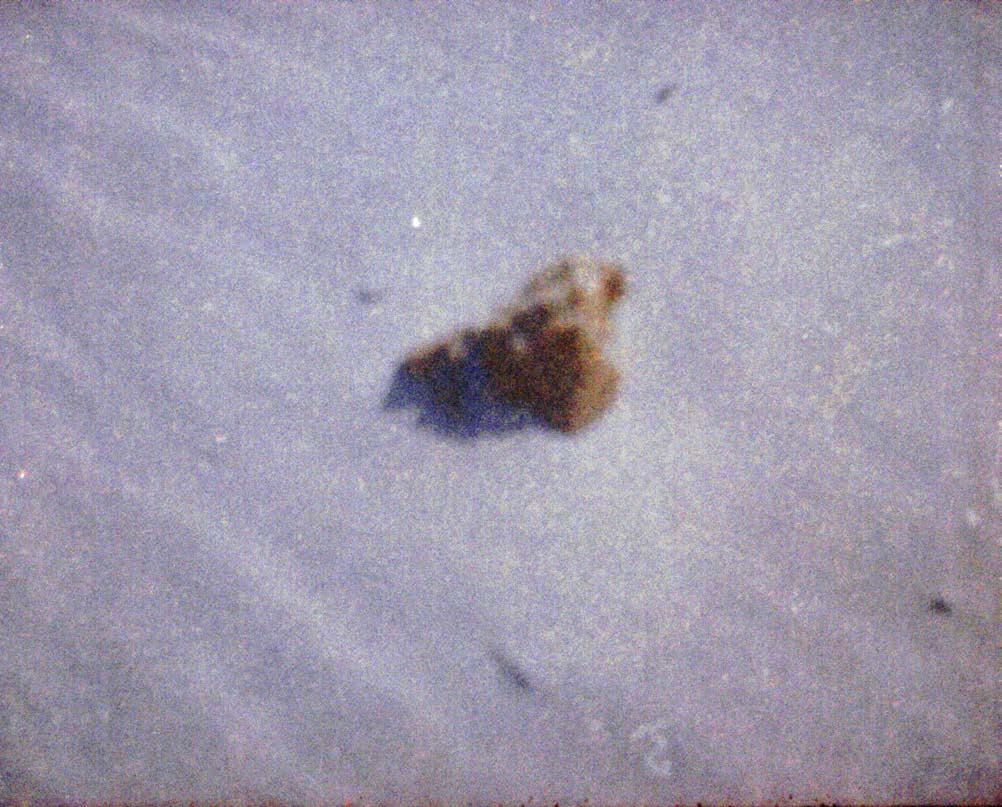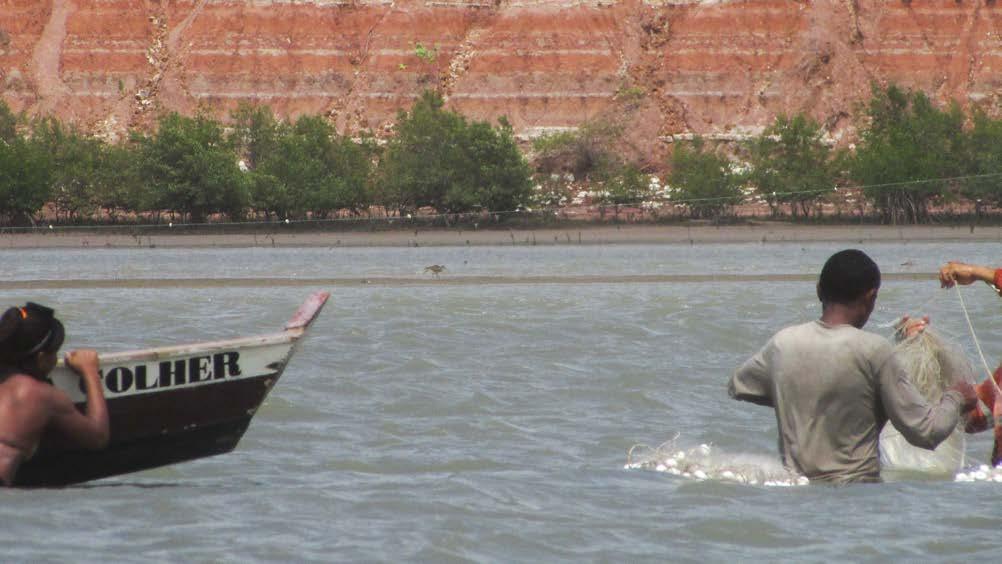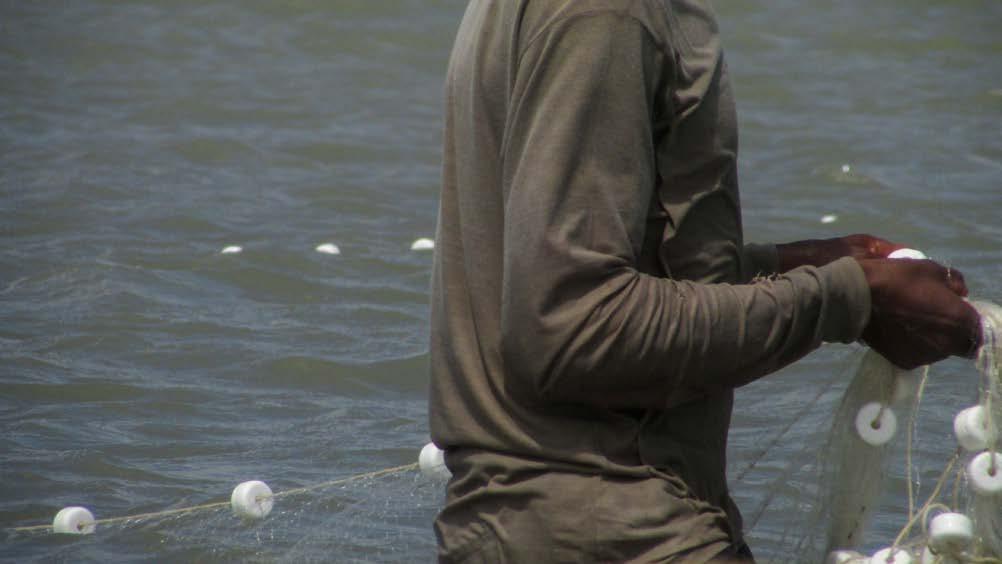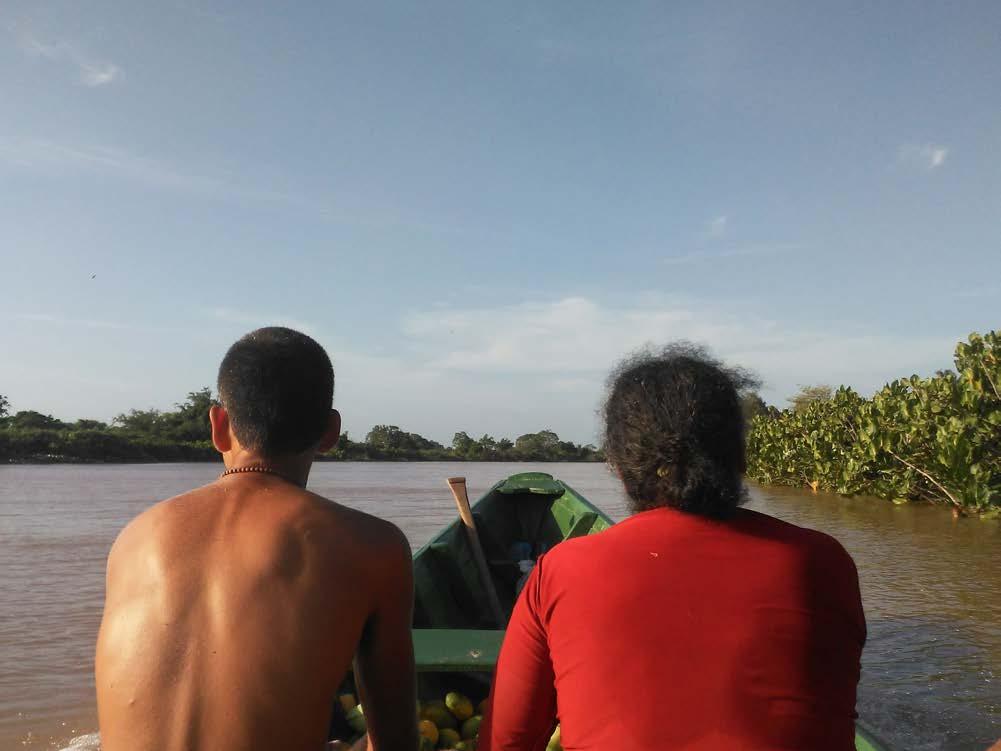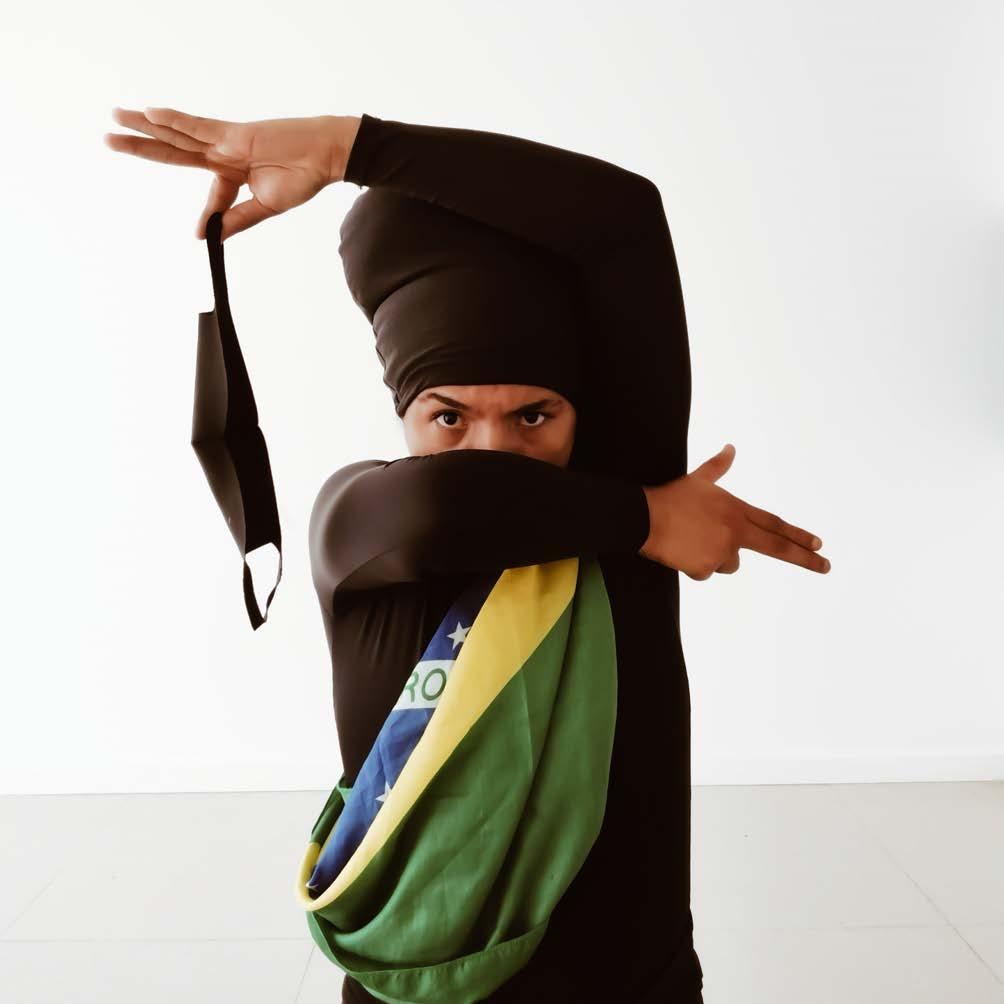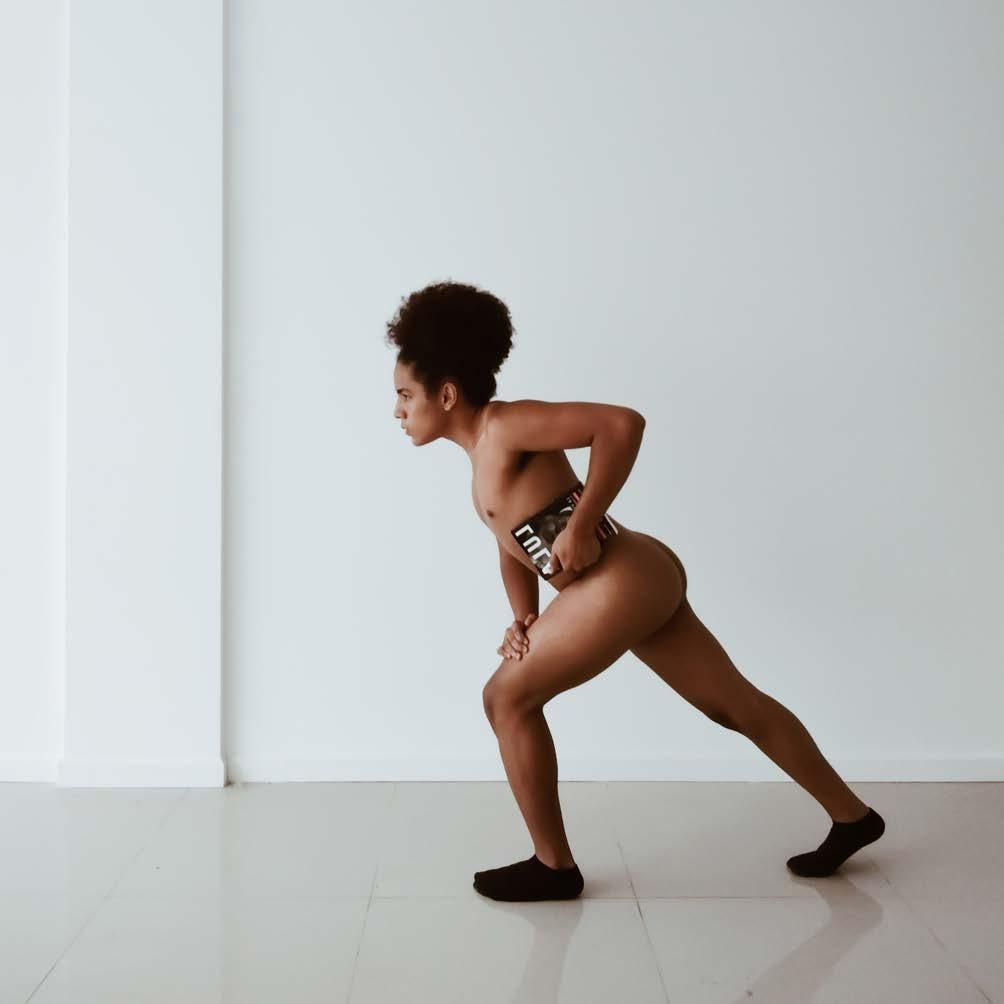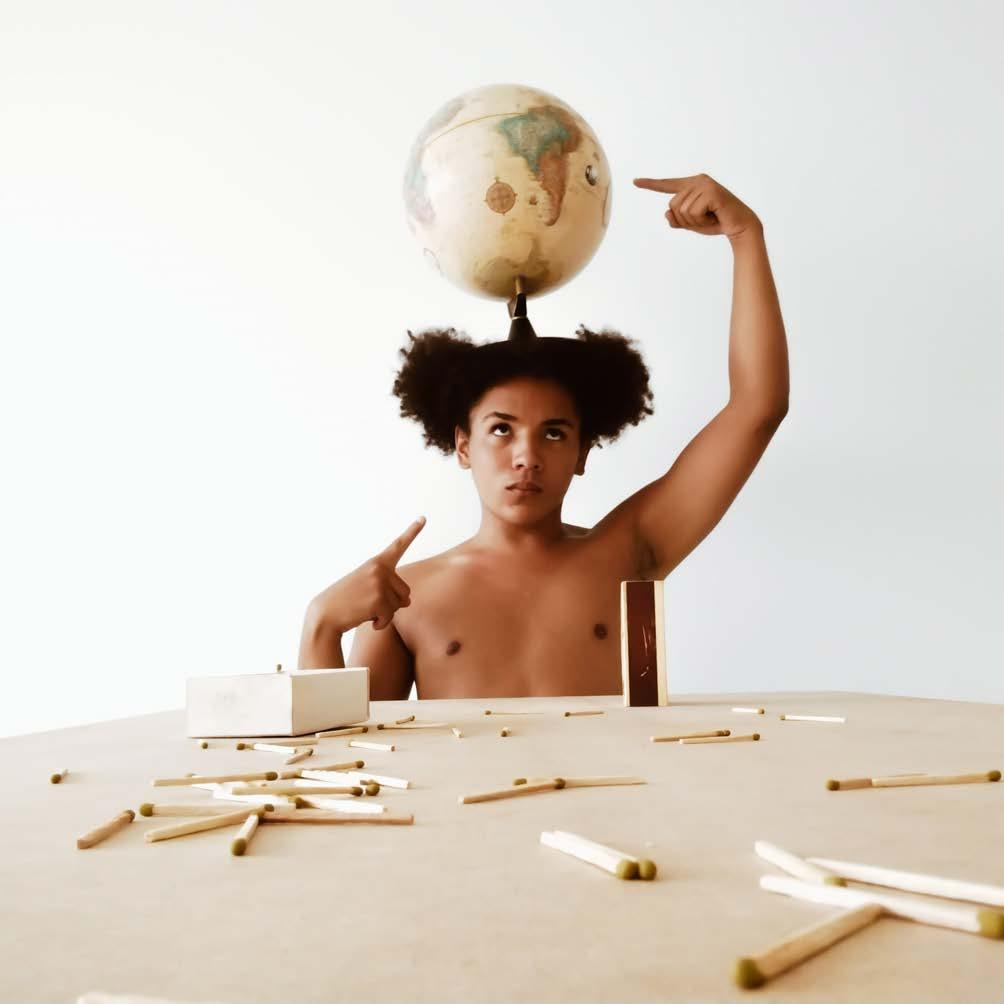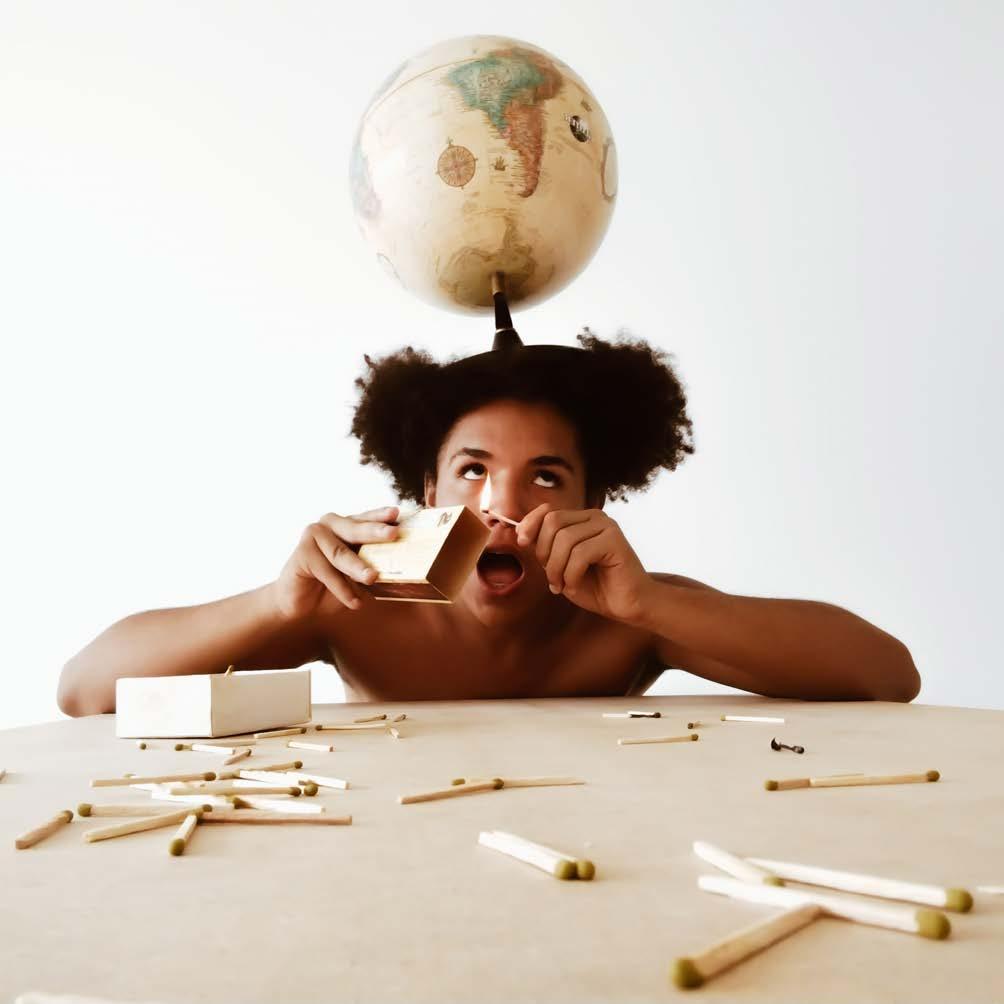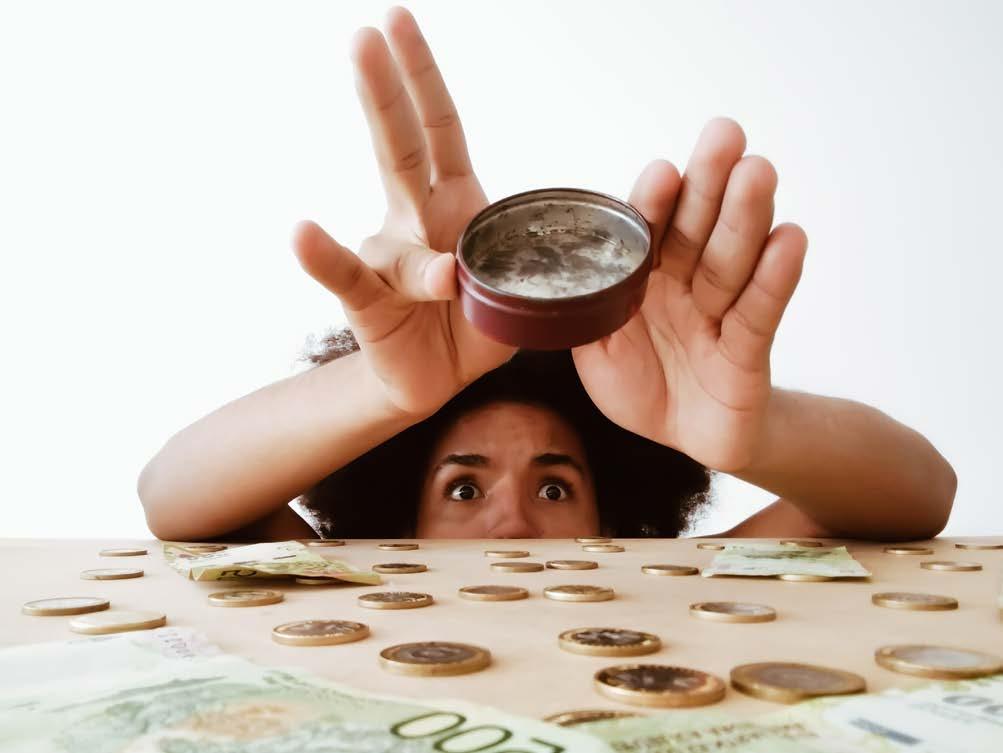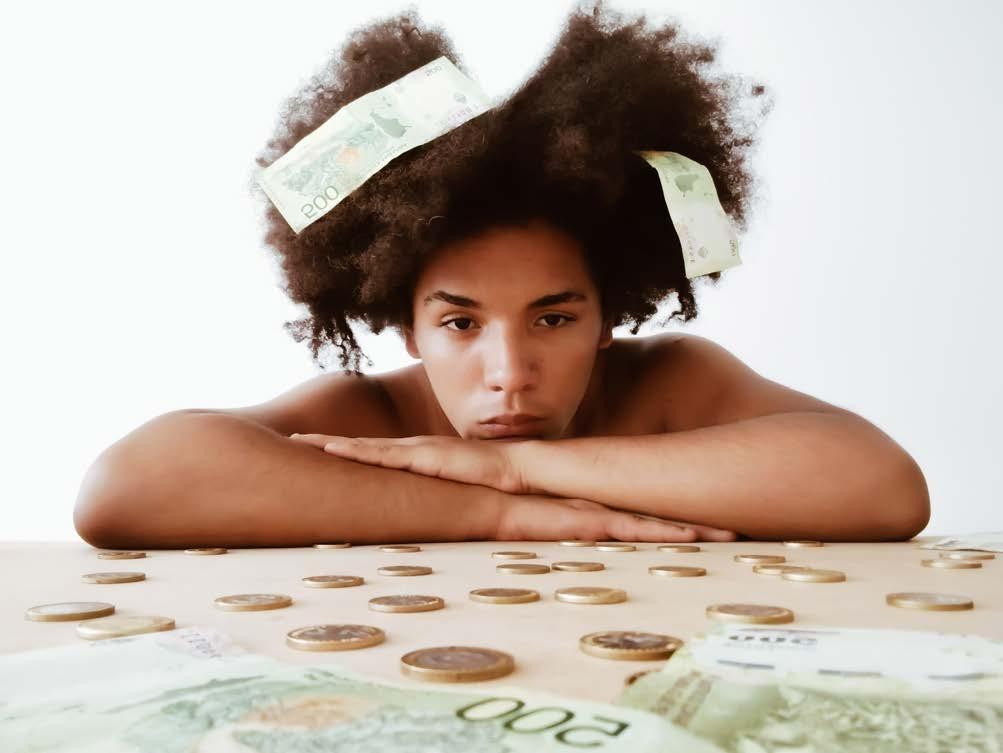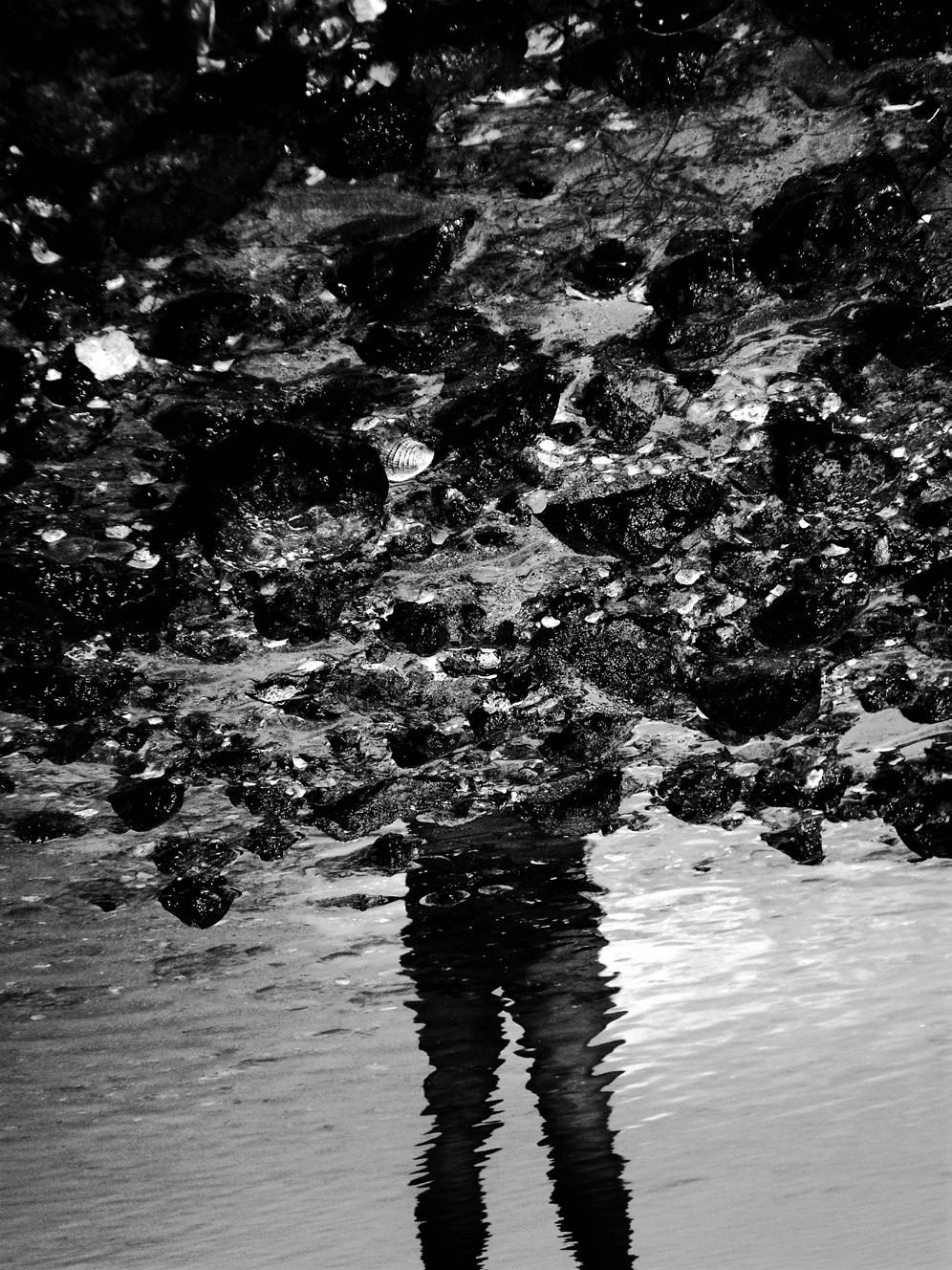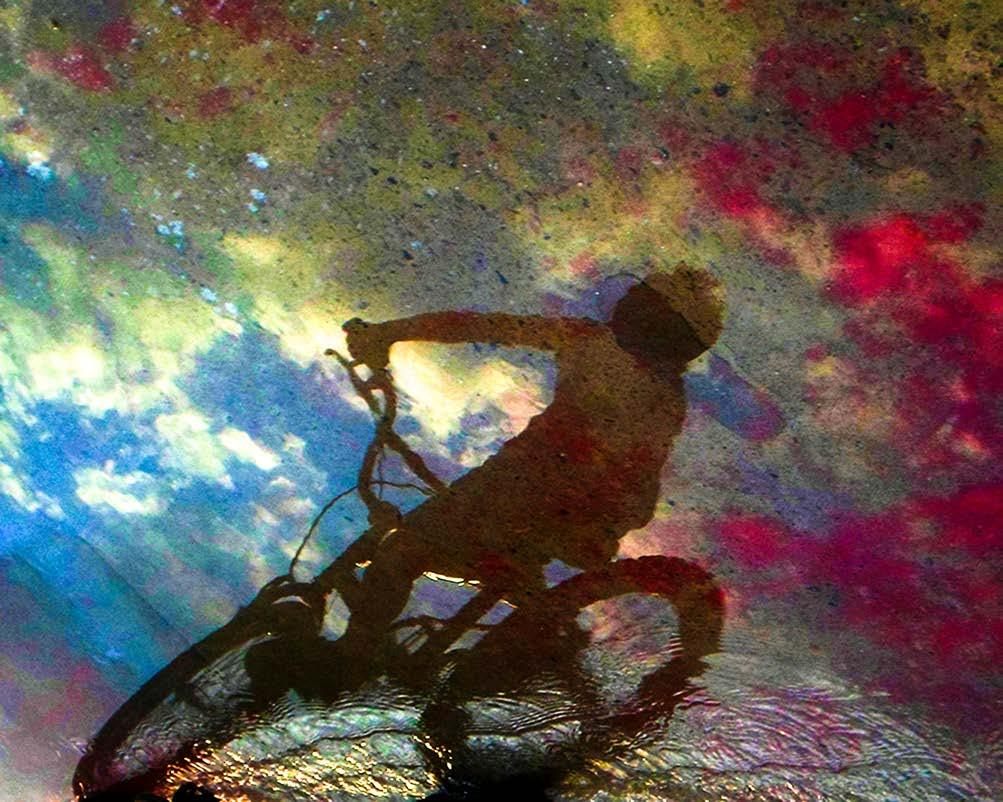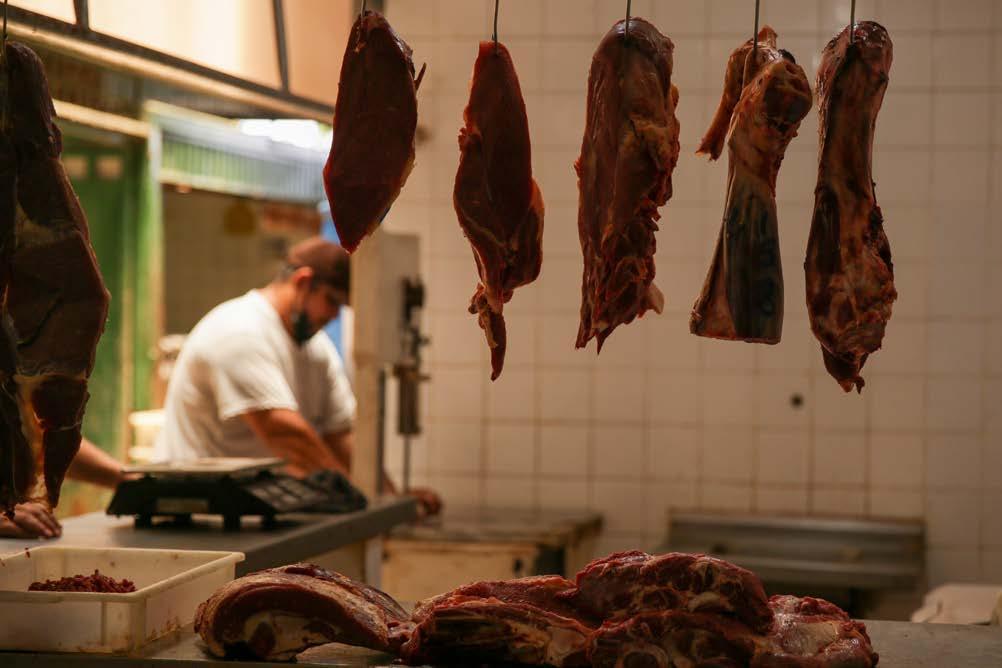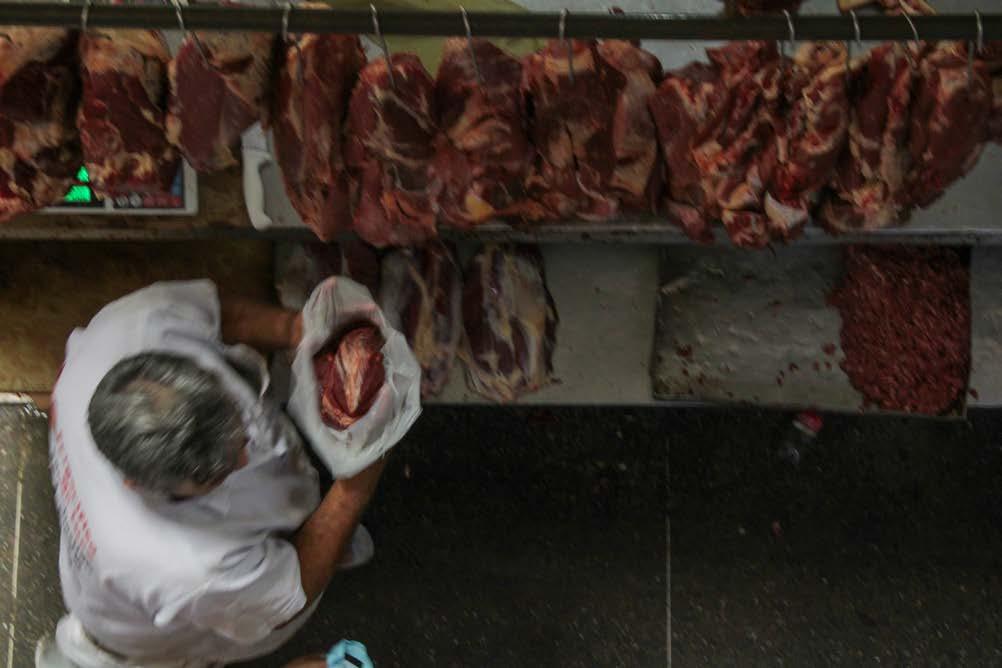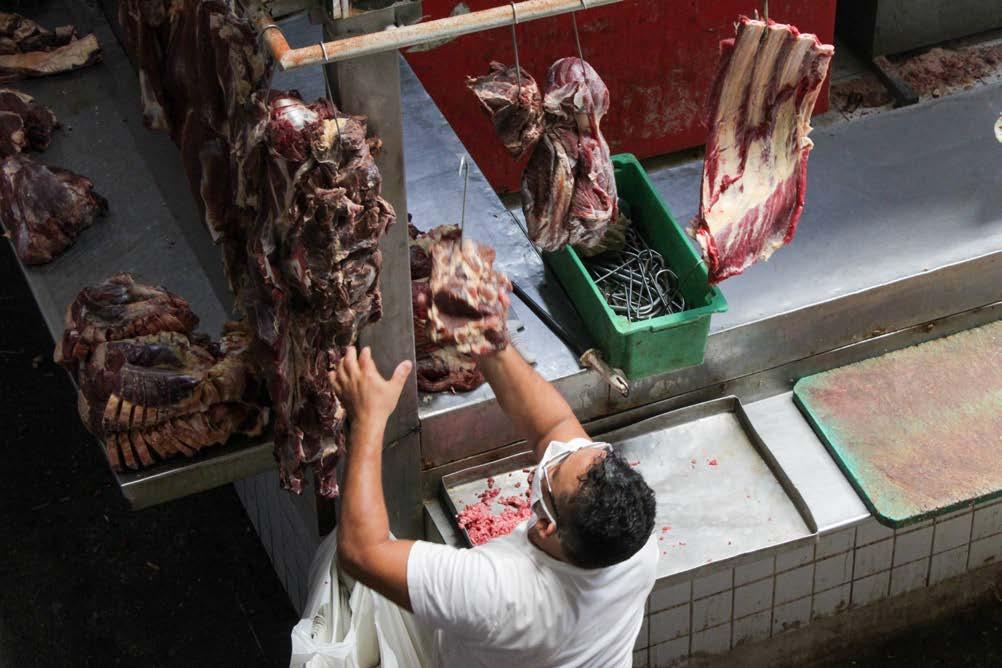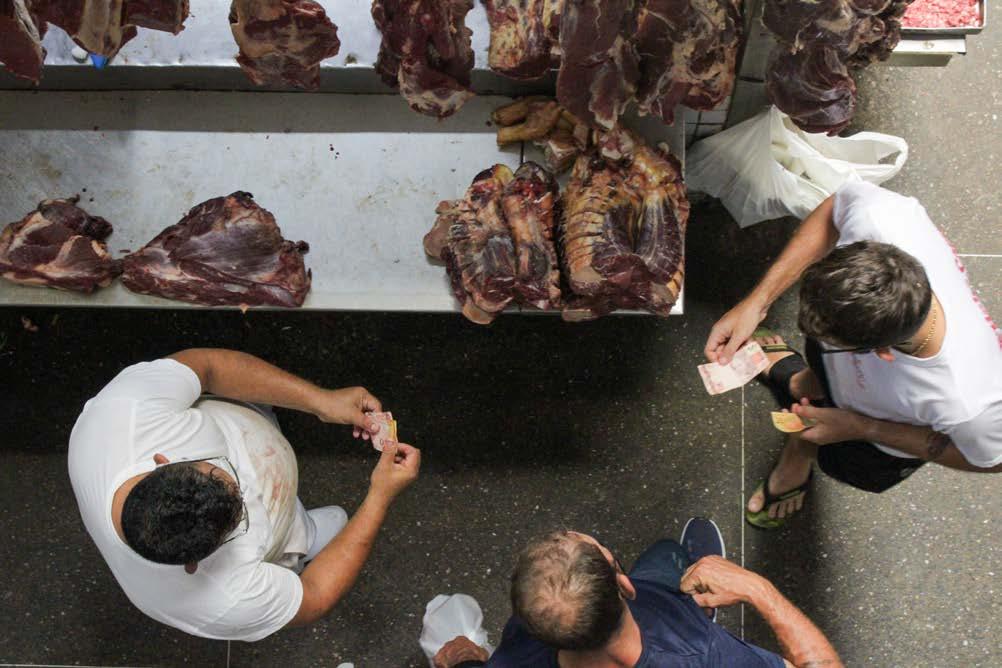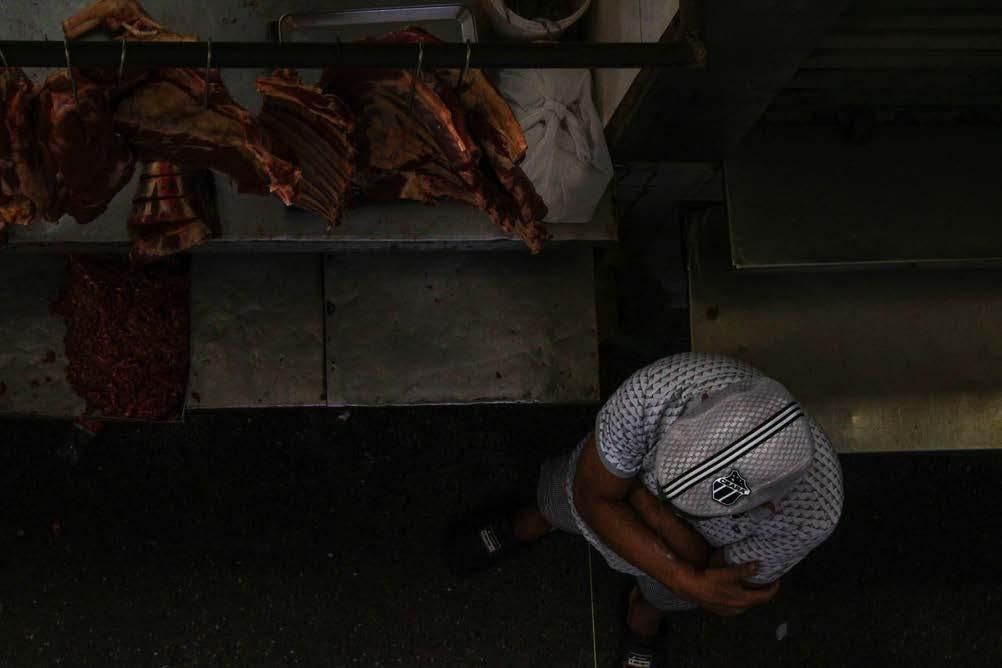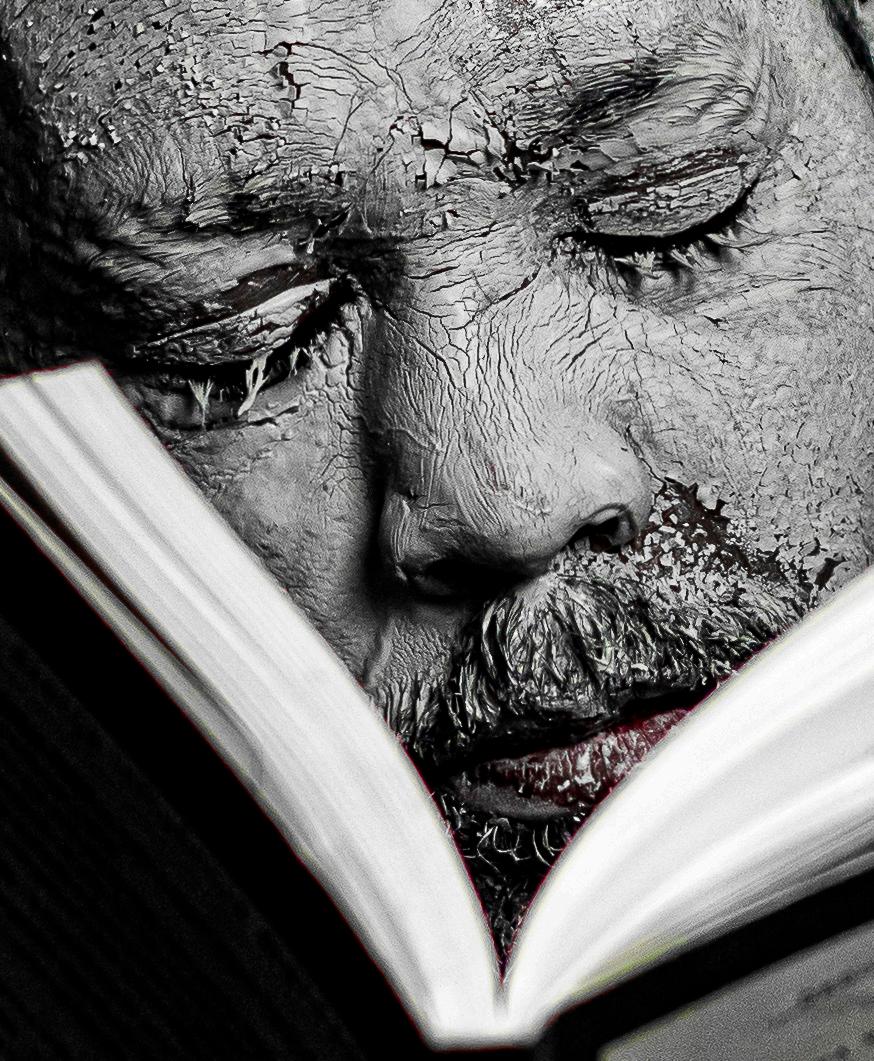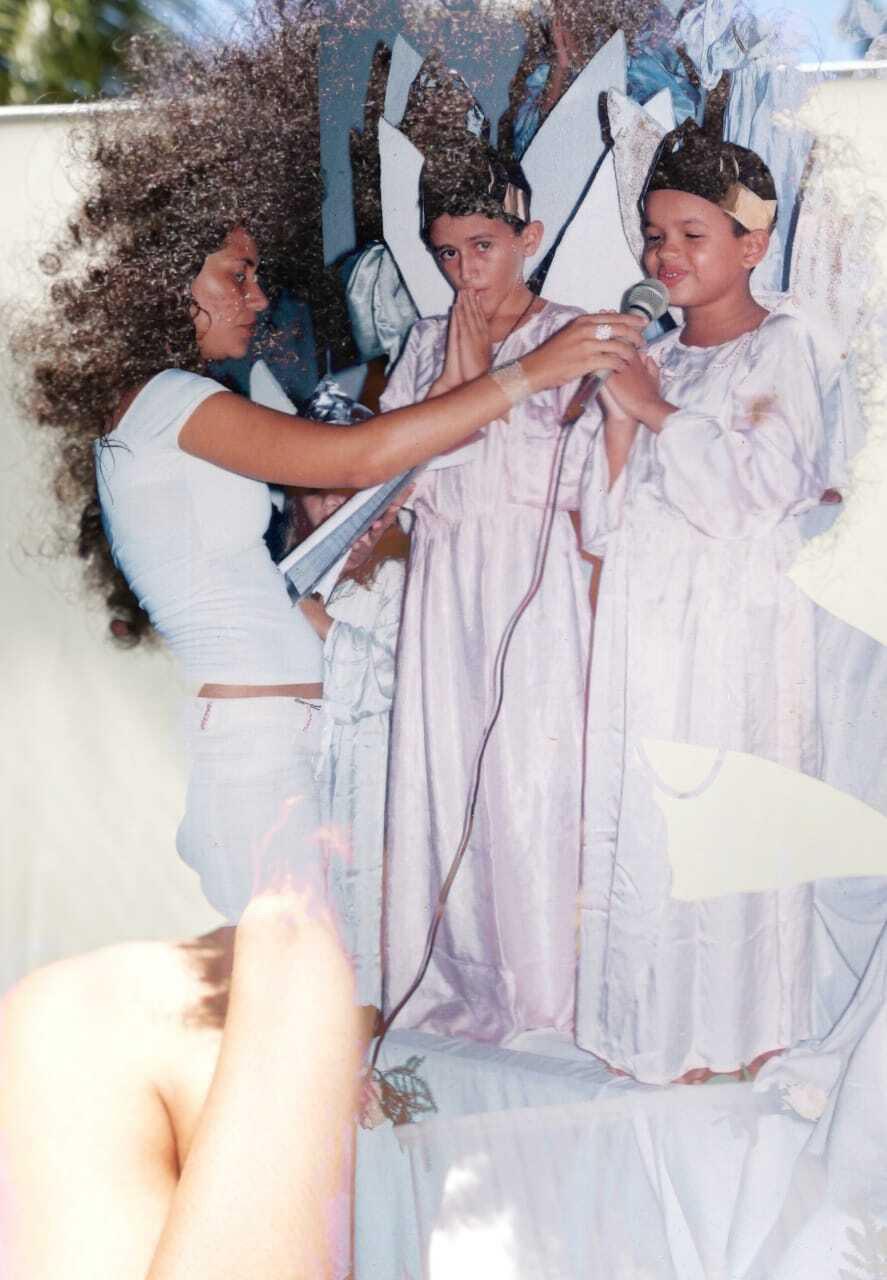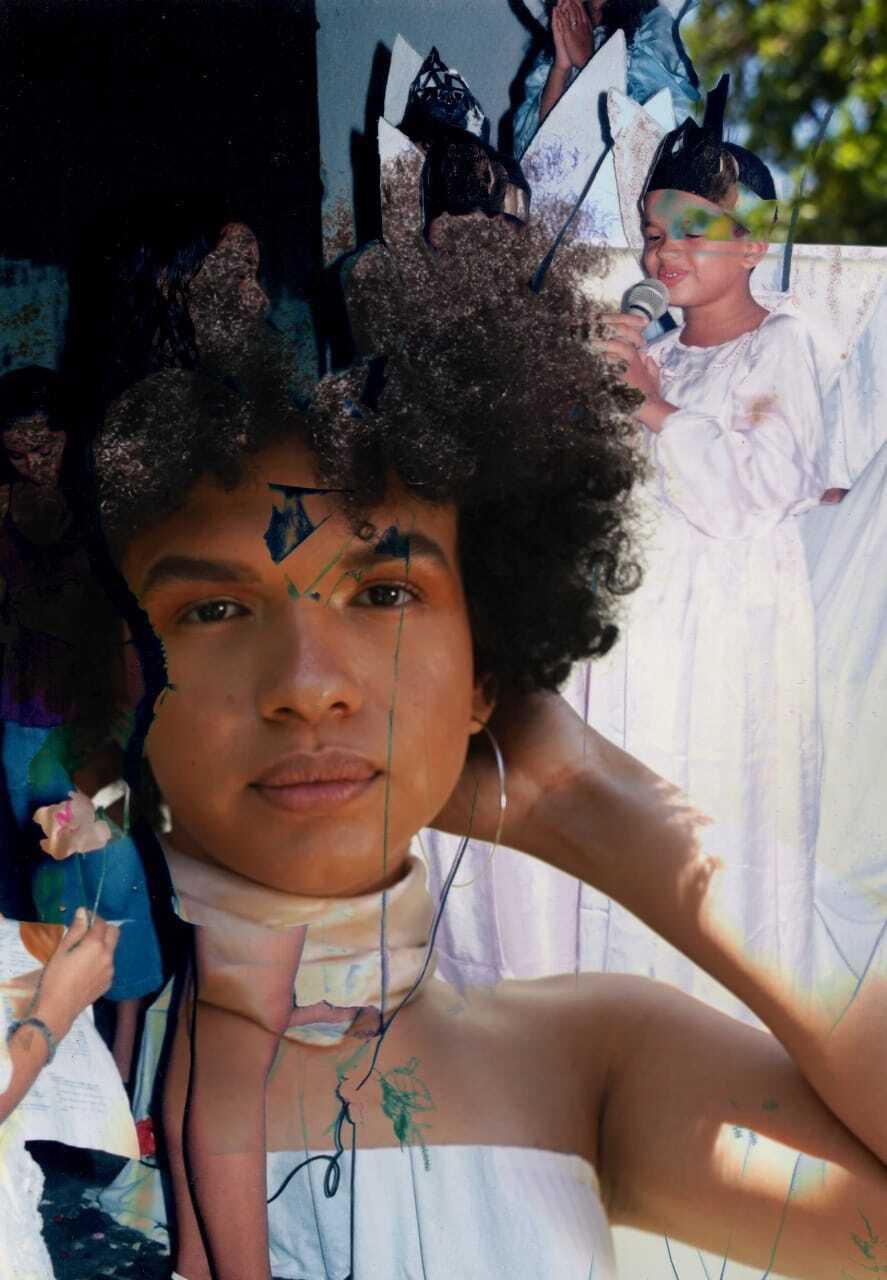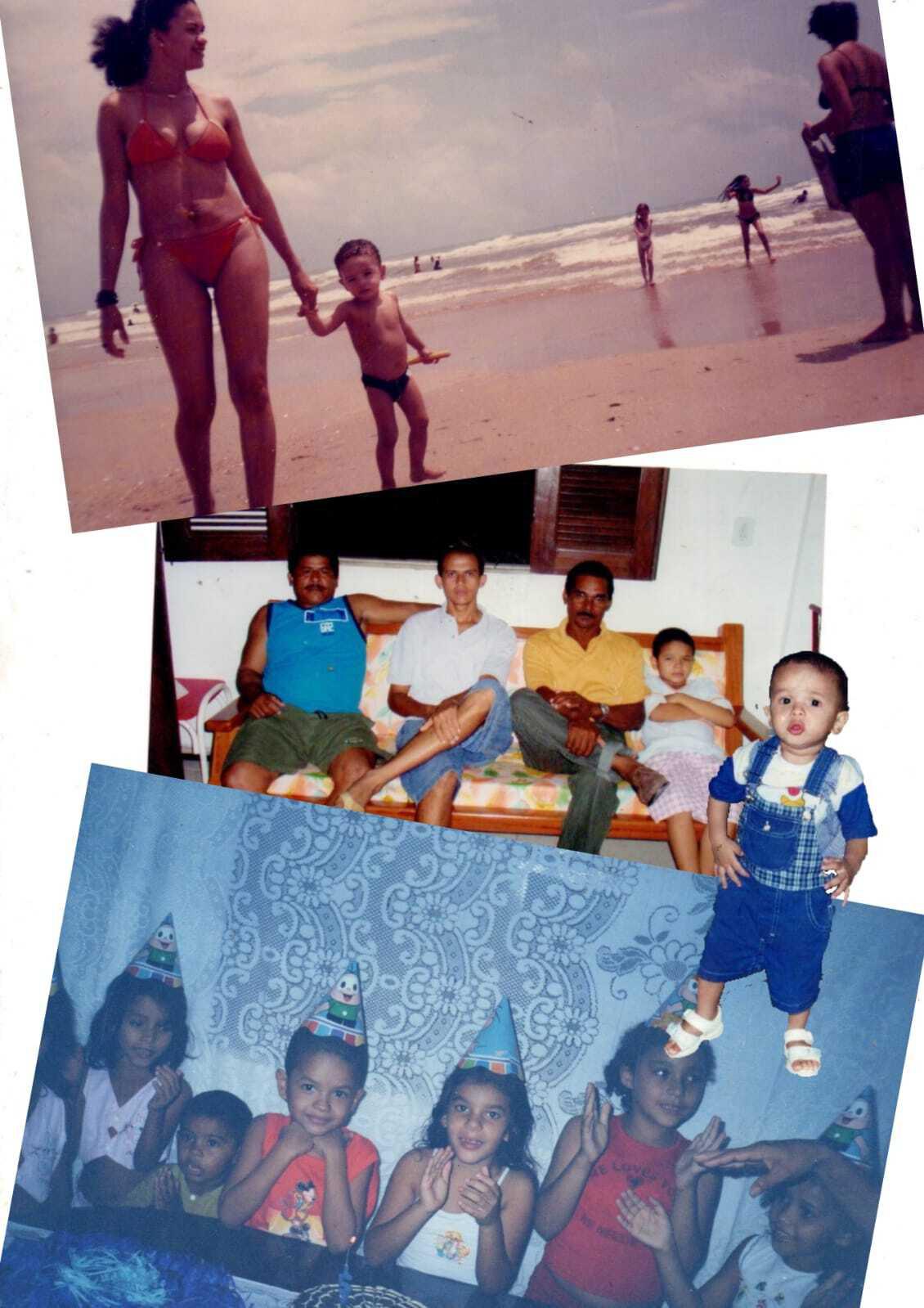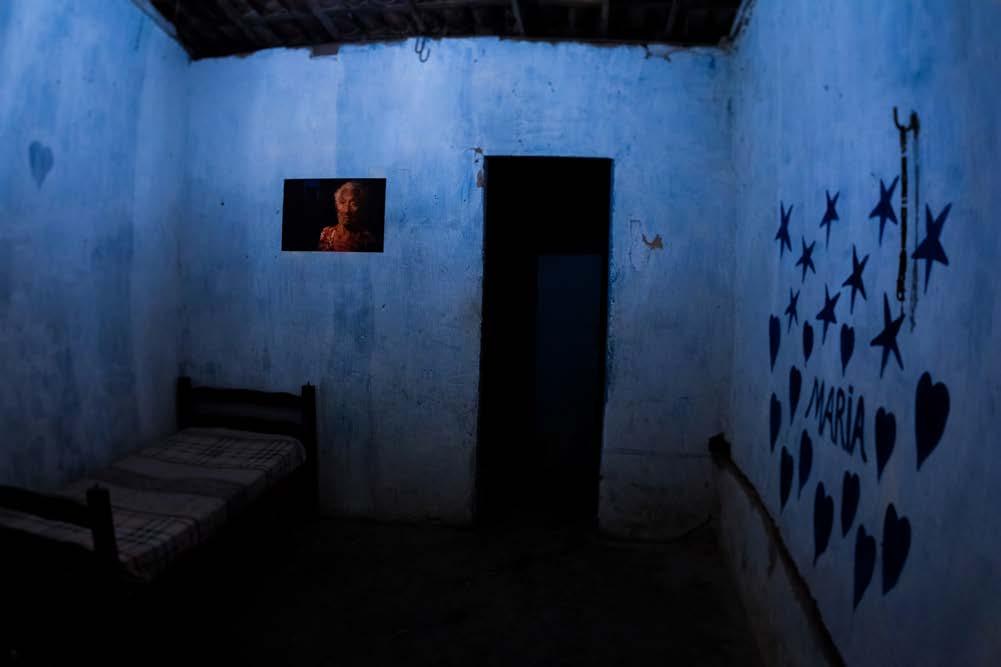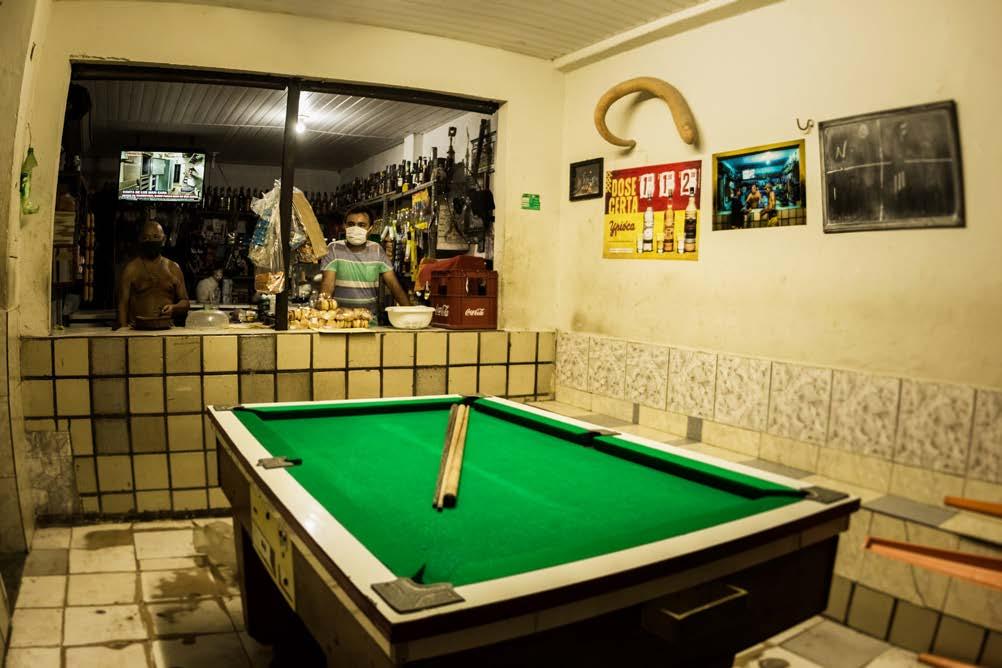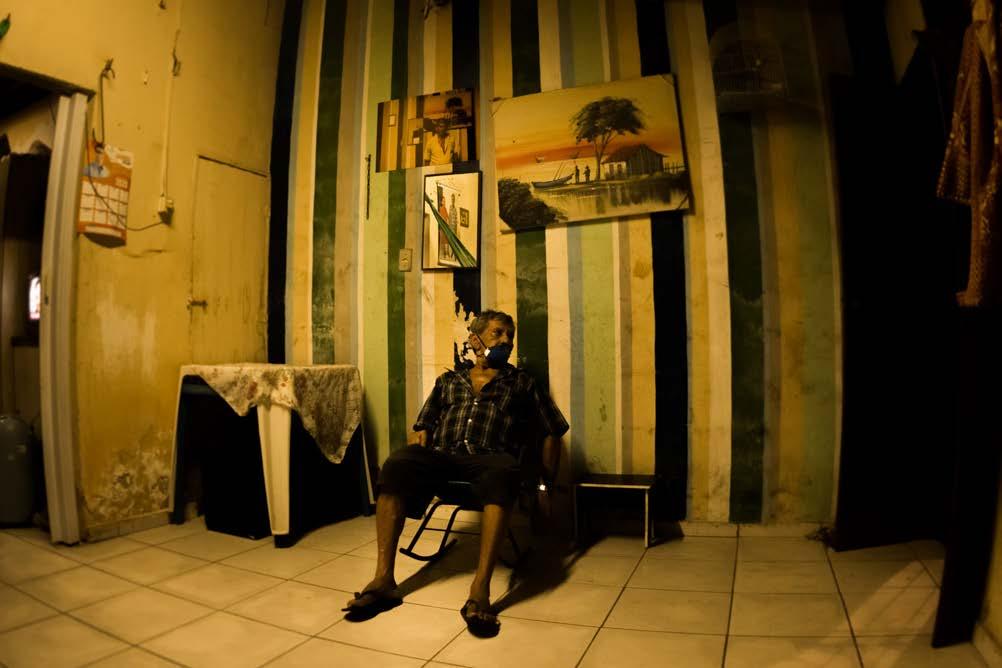INSTITUTO CUCA
SO THAT YOUNG PEOPLE CAN BUILD SOCIAL-EMOTIONAL SKILLS
To look at the extraordinary or the everyday and register it in a photographic click. An increasingly common action in the contemporary universe, even more so with the increasingly democratized access to mobile media. However, the development of an image production preceded by an appropriation of technique and based on reflections that help to build poetic, aesthetic and political narratives is still, we can say, for a small elite. Equipment with prices that are not very accessible to the people and courses that are developed in an academic universe or with difficult dialogue with subjects who are not initiated into this language, contribute to this reality.
In Fortaleza, however, Instituto Cuca, a Social Organization linked to the Municipality of Fortaleza, goes against this idea and, for more than a decade, has worked to build opportunities for the city’s youth, prioritizing action in the social space suburbs and positively impacting the subjects who live and resist them.
Among the eight training areas that Instituto Cuca continuously develops is photography. These courses range from Basic Photography to the Visual Arts Laboratory, including Photoperformance, Portrait and Fashion Photography. With excellent quality teachers and studios that offer the best equipment, students can, through a methodological process that seeks, in a dialogic way, to make an intersection between theory and practice, move from the place of consumers to the place of image producers.
This exchange of places leads young people to build important socio-emotional skills, such as self-esteem and self-confidence. By being image producers, they change the perception they carry about themselves and the world. It is worth remembering that the suburbs and their inhabitants are, in most
cases, represented by the binomial violence/scarcity. So, when youths have the opportunity to oppose this logic, they begin to portray the plurality of their social spaces, giving way to cultural representations, parties, struggle and beauty embedded in the ordinary. The invisibility curtain is undone; the story is told in a polyphonic way and gains new protagonists. We talk about appropriating the technique, reflections on aesthetics and poetics, but the work of Instituto Cuca, which materializes in the production of each young person, leads us to reflect, as Edgar Morin said, on the microrevolutions that transform everyday life. We continue to believe that art is what makes us human. We continue to be moved by utopia, which is not an unattainable dream, but the driving force behind each day of work.
ZORAIA NUNES
COORDINATOR OF TRAINING AND TECHNOLOGY AT INSTITUTO CUCA - URBAN CENTERS FOR CULTURE, ART, SCIENCE AND SPORT.
CREATIVE LABORATORY (LACRE) OF THE CUCA NETWORK
THE ARTISTIC MAKING, BASED ON DEBATES ABOUT RACE, GENDER AND SOCIAL CLASS GUIDED BY A PEDAGOGY OF AFFECTION
Rede Cuca’s Creative Laboratory (LACRE) was created to encourage creation and research in visual arts in the city of Fortaleza, with the goal of providing technical and theoretical subsidies to stimulate the artistic production of participants through appreciation, reflection and production.
LACRE was born with the desire to be a space for reflection and production, a result of an anthropological mapping of the peripheral spaces of the city of Fortaleza and the construction of a polyphony of knowledge, and not just a way of producing objects. Its proposal is to monitor the development of the work process of each participant, promoting research and deepening of subjects involving the languages of contemporary arts, aiming to provide each one with professional improvement through reflections and search actions.
Our intention is that its production can be the result of debates about race, gender and class in the art system, guided by a pedagogy of affection, which shape our understanding and sensitivity for an affirmative action in the world.
SOLON RIBEIRO
VISUAL ARTIST, COORDINATOR OF ACTIVITIES AT LACRE.
OBJECTS BUILD AN UNCONSCIOUS TO QUESTION WHAT WE MOST HIDE
Symbols, signs. Clues. Myths, mythologies. Dis-diclosures. Apparent Duchampian ready mades assembled expressionistically. The concealment is a challenge, it asks to be penetrated. How much mystery can stimulate our curious subjectivity? Like a Rorschach’s Test, Amorfas’ photos ask us to silently identify ourselves, first, to ourselves. How many reflections from our inner recesses are gathered? We are defiantly watched. And that bothers. Amorfas exposes her unconscious to question what we hide the most. We are facing a resounding provocation. Despite the title Artificial Superficial Emotion, the proposal has a dense depth. The subjectivity of each one can be hurt. Or lit up.
Watch out! Amorfas gives us some clues: “To face the shape and the shadow, to feeling a skin made of traces of color and delirium. During my research of images, I investigate ways of selfrecording with selfies and self-portraits, looking for ways to capture a dysphoric, alien and biographical body. A corporeality that is not recognized in its images and that, in order to exist virtually, needs to create other layers of effects, glitch and plastic over itself to deepen and expand possible readings of that silhouette. Photocollages hybridize the human format by proposing transformations in textures of pixelated or misshapen beings, creating cracks in the way of reading the absence of a face in bodies made of light and landscapes. How to create an identity?”
Amorfas
A STERN AND AESTHETIC CRITICAL EYE FOR DECONSTRUCTING A SHOPPING MALL
A temple of consumption shown through unusual corners. Nothing grandiose. A stern critical eye deconstructs the grandeur. A carefully erased aesthetic refers to the need for awareness of consumption. A consumption stimulated ad nauseam by the manipulative processes of a decoration created to reach an unconscious that is hungry for desires. Ali Arraes doesn’t make any assumptions. Instead of shopping malls, he creates simulating centers. He quotes a text by sociologist Valquíria Padilha:
“Wouldn’t the shopping center be a pseudo-society created by real society to allow men (sic) to compensate for the unconscious feeling of loss and emptiness that modern civilization creates?”
And adds: “ The framing shifts foreground and background, highlighting certain elements and creating relationships between them. They also locate the body within this space, a body that relates to images of people, fauna and flora. The images propose a look at the shopping center as an environment of simulacra. The slogans of these projects point to an existence, a lifetime that would fit in there, while their environments are produced as consumerist mimics of the essential: pleasant climate, safety, coexistence.”
Ali Arraes reports the deception. He calls for the unsuspecting consumers not to let themselves be caught in the trap of useless consumption, hidden by the illuminated and seductive glamour.
Ali Arraes
IMAGES THAT LEAVE US IMMERSED IN FLEETING MEMORIES
Allan Matheus builds unrealities from reality. And everything becomes unreal before us. Physically and chemically. He takes photographs and uses light to recreate. It is the light that defines his composition, his content, his eloquence. Real, unreal and surreal blend together. The viewer can choose. Or create an imagistic and optical torpor. Memories can then emerge. It is necessary to ideologically penetrate the photos of Allan Matheus.
It is necessary to question them. And give them meaning. Its aesthetic makes the works fleeting, as if they were going to disappear at the next glance. Statically, they pass. And they leave us with the memory of some lost emotion that we look for after every belated look.
He called this shoot Opticus. And he argues: “Having as my object of investigation the perception of the observable space beyond what is noticed, taking us to a fraction of light, and how a refraction of this light can happen beyond, as an expansion of our senses. This observation has been made through wandering and recording in the state in which I live, Ceará, which receives a large amount of light refraction because it is almost never cloudy, causing the light intensity to be high. This process is also influenced by digital photopainting, the search for the perpetuation of a translation that comes from analogue, but which has been perpetuated through digital as a fraction.”
Allan Matheus
AN ONEIRIC INNER DIVE
Amanda Monasterio’s surrealities are always waiting for us. And they always offer us new emotions. What we saw pervades our memory and confuses us. Did we really see what we saw? Do we really feel what we feel? Each of the photos contains an almost infinite time. They challenge us to get there, to enter the oneiric to lose ourselves. Our reality is small in face of the beautiful unrealities that Amanda Monasterio parades before us. It is better to forget about ours and believe in what Amanda Monasterio proposes us. Letting oneself be entangled by unrealities, by what she calls the “oneiric”. Here, a confession: “Onírico is my most intense inner dive. From the depths of my inner self, I follow a contradictory, chaotic, infinite and incomplete creative process, a mysterious wave that has been expanding for billions of years, leaving behind a trail of existence, exciting the senses of every living being that appears by chance, intriguing and influencing all that is sentient. Our collective inability to deal with the totally individual abstractions produced by this concrete trail has brought us to a moment of escape from consciousness, in which everything concrete is increasingly ephemeral and almost everything we feel is artificial. This essay unites visible traces of a palpable existence, generating a subjective experience of reality for each observer.”

Amanda Monasterio
WHAT WOUNDS HAS HUMANITY BEEN PRINTING ON THE FEMALE BODY?
“[...] at a time when the culture of rape and feminicides are alarming, we ‘inquire’, worried — when will society no longer regard the female body as an object of consumption, a body to be used, violated, raped, for what it wears or undress?”
ANA MARIA COLLING/ANA CAROLINA ACOM CORPO FEMININO, CORPO POLÍTICO: DE FUSTIGADO A DEVORADOR DO INSTITUÍDO
Every body is a political instrument. One’s presence already means being in a place, occupying time and space. But what if this body refers to itself as torn apart? Bruna Acioly exposes a metaphorical torture. In this present time, this torture hits us directly, as the torture of women should infuriate us. Domestic violence, femicide, rape. Each of these photos represents one and all cruelties perpetrated against women. In addition to Classicism, Symbolism, Impressionism, Surrealism, between body and soul, the flesh, the female body, an object that denounces and claims its subjectivity.
Bruna Acioly does not quibble: “Every body is political. A continuous rediscovery that has emerged along my journey of recognition as a woman. This research revolves around my forms, my guts, my feelings, my object body against the manifestation of the cruelest label which the world imposes on me. I break and repair, I tear, I sew, I am my own patch. The personification of carnage, the limit of vulnerability, what’s left when they rip me out of my body. This work is raw politics.” Bruna Acioly was born in Aracaju, Sergipe, in 2001; she lives and works in Fortaleza, Ceará. She has a degree in Visual Arts from the Federal Institute of Education, Science and Technology of Ceará, where she develops her research focused on the oneiric and figurative experience, addressing themes such as memory, senses and emotions.
Bruna Acioly
HOW MANY TIDES AND SUNSETS SPREAD A ME MORY IN THE LANDSCAPE?
Here on this beach where There is no trace of impurity, Here where there is only Waves crashing uninterruptedly, Pure space and lucid unity, Here time passionately Finds its own freedom.
SOPHIA DE MELLO BREYNER ANDRESEN
We are facing ephemeral framed by memory. The placidity of the landscape invites us to reflect on the movement that brings then and now together. The future ought to be forgotten. Here, photography claims its leading role by revealing a landscape, by unveiling a memory, by merging landscape and memory. What is seen, aesthetically decoupled, expressionistically composed, reproduces a non-time, a non-space. Neither sea nor land. Between them, a memory that passes patiently. A fleeting memory that forms and deforms. Where to walk? How to apprehend all the memories that David Barroso proposes us? He knows he can only suggest visions to us. What do they represent in his objectivity? Nothing more than a possibility of immersion. In fact, an immense possibility of immersion. Entering these photos is walking slowly in our inner universe. The way is open. He asks and answers: “How do you demarcate a place that lasts for minutes? How many tides, shapes and sunsets form a landscape? The present series comes from the desire to dismember the place where I’ve been living since I was born, and this interest arises in trying to identify the diversity of vestiges that come from the changes, here dictated by nature.” But it is the human condition, the story of each one that will give meaning to each vision.

David Barroso
COMPOSITIONS INTEGRATE HUMANS AND NATURE AND EXUDE ECOLOGY
There is something nostalgic and vital about these scenes by Joyce Monteiro. There is also a nature that moves, attracts and accepts us. Human beings and nature, a symbiotic proposal, in a deep identity. In these registers, photography exudes ecology, in the purest sense of the word: study, knowledge of the house, the natural house. People walk, walk, walk as if the house were theirs. We are faced with silences and introspection. And here is the value of this aesthetic proposal: frames that bring unusual, beautiful and touching documents. When we stop in front of these registers by Joyce Monteiro, we can rediscover nature as a companion, as an instrument of survival, without aggression.
Milit antly, Joyce Monteiro argues: “Industrial extractivism is an economic and political model based on the commodification and unrestrained exploitation of nature, which has been deepening since the 1990s iwn Latin America. This model causes irreversible damage, polluting the air, soil and water sources, and generating large losses of biodiversity. Furthermore, it attacks the human and collective rights of affected communities and destroys their traditional ways of life and economies, making them dependent on external markets. This photographic series is the result of a cycling movement, carried out between September 2020 and May 2021, through the west coast of Ceará and by the crevices of Maranhão. Registers made using a cell phone camera document the culture of artisanal fishing and sustainable extractivism, where women and men interact with nature for their own subsistence and family income”.
Joyce Monteiro
HOW MANY BRAZILS?
How many Brazils do you know?
Until yesterday I thought that getting to know Brazil was knowing how to paint the colors of the flag on A4 paper at school. Today, paper has turned into flames and school is no longer a priority issue.
Therefore, I had to look for other ways to understand this Brazil that I inhabited.
I come from Brazil, and the dream of being a big boy doesn’t live there. I say this because I dreamed clandestinely. When you come from the base of the pyramid — even though you are its support — it is very painful to climb to another level. When I opened my mouth to tell my dream, the need spoke louder. Dreaming of a better Brazil has become a privilege of time and wallet, because those who don’t have it need to be content with reality.
That’s the rule.
Deciding not to accept it is a risk.
As I said, I come from Brazil.
My Brazil-Ceará.
My Brazil-Northeast.
My Brazil-Art.
And even though the flag is far from us now, our fight is based on it and its stars. Those who migrate to the southern stars are more likely to get lucky.
This is an imposing, structural and xenophobic reality. Some challenged it, but were persecuted for feeding the thirst and hunger for food, dreams and freedom in the most forgotten Brazils.
Dandara Lives.
Justice for Marielle.
Attentive workers.
Vaccine for everyone. If so, so will it be.
And if so, together we will win.
KARL WILLIAM
Karl William
A POETIC DENUNCIATION IN A VIGOROUS FIGURATIVE EXPRESSIONISM
Photography is probably one of the most important tools to see the outer and inner world of the human being. Here, plastically, Luiz Freire gives us a lesson in creativity, indignation and militancy. In beautiful and poetic images, with a vigorous figurative expressionism, he invites us to see and signify beyond the immediate. What is in front of us has ceased to exist, but it is registered. It ceased to be power, memory, to become an act. And, patiently, slowly, we must focus within each image to extract emotions.
Without narcissism, Luiz Freire turns explicit and becomes the subject and object of his work: “The project Não estou só de passagem started in 2013 with the use of a cell phone and happens through the capture of momentary images of ordinary actions on the reflection in sheets of water formed, casually, in unlikely spaces. It is clear that some of the puddles are beyond casual, but the result of neglect and social and political ill will. Some questions are raised, such as the effects and conditions of the development of cities and their coastlines, the memories that are collectively formed and the impacts of using these places. The project walks aligning denunciation and poetics in the same body. Water, the artist’s passing bed, is a lens, a mirror and reflects. The water, not always colorless, tasteless and odorless, also reveals. Luiz Freire is not just a spectator; he is not just passing by.”
Luiz Freire
POLITICAL METAPHORS THAT HURT US TO NEVER FORGET AND OMIT OURSELVES
How many metaphors will be needed to denounce those responsible for the deaths in the history of the Brazilian pandemic? How many pandemoniums will be blamed? Nathália Fiuza’s powerful creation prepares us to be indignant at so many funerals and to keep up our protests at every reminder of government inequity. The rawness of the framing shocks us, the exposed flesh attacks us: metaphors that hurt us. Remember the song Disparada, by Geraldo Vandré and Théo de Barros:
“For we mark cattle Lead, fatten up and kill But with people it ’s different”.
Nathália Fiuza calls us to speak so that we can never omit ourselves. And she is incisive and eloquent, both in the photos and in the words: “The work posted here is an observation made at the São Sebastião market: the connection and interaction of dead meat with people who pass by. In the paths and interlaces through the city of Fortaleza, capital of the state of Ceará, northeast of Brazil, there is the market. In my research I observe how people deal with urban spaces, with its ramifications, how they belong somewhere, or how they are without even belonging. In the midst of a pandemic, what is the link between pandemic death and the naturalization of death around us? What reference can we make in a country with a large number of dead bodies per day? In which window is our flesh, our body? Bodies in media and naturalized showcases. Like the dead body we buy in a market, we naturalize death until we are in the window of statistics.”
Nathalia Fiuza
THE HUMANIZATION OF A SCULPTURE THAT SEEKS TO SHOW THE NON-SWEET SIDE OF LIFE
A portrait in which the individual is not a character. An anonymous person who invites us to create an identity? An almost sculpture or a clown that metamorphoses before us? An expressionist sculpture that transforms itself into a human being before our eyes? Would it be the exact opposite of Italian photographer Guido Argentini, who makes people turn into incredible living metal statues? We can also see this San Cruz shoot as a short film, or as an indication of storyboard sequences. What happens from this aesthetic composition? San Cruz proposes to decipher your intention. But we can also set aside the photographer’s intentions and create our own story. Or simply sensitize ourselves by looking at each of the photos. The magic of photography takes place before us, unwary spectators in search of emotion.
Bitter is the title of this shoot.
San Cruz, even leaving his interpretation to the viewer, clarifies: “Amargo is a shoot whose purpose is to reflect on everything that makes us feel the sweetness of things in life. What has the no-sweet of life brought you?”
San Cruz
AN AVALANCHE OF EMOTIONS THROUGH AN AESTHETIC RESCUE OF MEMORY
Presenting the past to signify the future. “The past is not static”, says Sy Gomes Barbosa. Time is not static. Nothing is static. Everything is in motion. The only permanent thing in humanity is change. But Sy Gomes Barbosa wants to aesthetically rescue memory and, at the same time, interfere with it, cerebrally, rationally, consciously. So she also rescues herself. The result is an avalanche of emotions that overflow from each of these images. She is forceful, determined, radical in her proposal: “I learned early on that ‘the past is not static’. I learned because they compared me to an uncle of my aunts. My mother’s uncle. A guy called Uncle Avelino. They said I was eccentric like him, creative like him, a fag like him. But of this uncle I never found photographs. He vanished from memory and records. If I weren’t an agile cross-dresser and an attentive historian, we wouldn’t be talking about him. The past is constantly moving inside our brain. In this work, I turn to old analogue photos, from the years 19972008, which I rescued from family albums, working with overlays, collages and visual effects. These are photos of my mother, my father, uncles, aunts, photos of me and other children. I do this because it is time to talk about my history and my experiences. My young father, my pregnant mother. What existed before me? Who am I in this story? Where have I been? What did I do?”.

Sy Gomes Barbosa
THE SILENCE OF AN INTENSE AND SUBJECTIVE SYMBOLIC REALISM
There is an agonizing silence in these photos of Yuri Juatama. An eloquent harrowing silence that spills over into a careful composition. A greater reality is impossible. What subjectivity do they propose us? What dialogue is possible with the scenes or characters? Can they be separated? Is an empty room or a pool table waiting for people? In a second look, could the characters have left the scene? An epiphany, a feeling that expresses a sudden sense of understanding the essence of something. Plastically, aesthetically, each of these photos invites us to a vital exegesis. Epiphany and exegesis are concepts that can emerge in Edward Hopper. Yuri Juatama, in his infinite introspection, approaches Hopper. These are different symbolic realisms, subjectivist, but dense, intense.
“I believe that the portrait is a constant search for the “I” that I find in other people; talking about my place and who lives there is also talking about me. The death of Maria, one of my characters, in her centenary year, was the trigger for me to develop a process of returning photographs that were once in an exhibition space to the place where they were produced. When contemplating themselves in a work that has been in a gallery and now belongs to their homes, the portrayed people feel im portant.”
Yuri Juatama
EDITORIAL
JOVENS FOTÓGRAFAS E FOTÓGRAFOS QUE EXPÕEM
PLASTICAMENTE INDIGNAÇÕES E PERPLEXIDADES
Este número de Carcará Photo Art traz os trabalhos de um grupo de fotógrafos que participaram de oficinas experimentais no Laboratório Criativo (LACRE) da Rede Cuca - Centros Urbanos de Cultura, Arte, Ciência e Esporte da Prefeitura de Fortaleza, capital do estado do Ceará. Apenas Luiz Freire não esteve no grupo. As atividades foram coordenadas pelo artista visual Solon Ribeiro, que está presente na edição número 13 desta revista.
São jovens fotógrafos que despontam com uma reflexão profunda sobre o fazer fotográfico. Zoraia Nunes, Coordenadora de Formação e Tecnologia do Instituto Cuca, comenta: “Com professores de ótima qualidade e estúdios que oferecem os melhores equipamentos, os alunos podem, através de um processo metodológico que busca, de forma dialógica, fazer uma intersecção entre teoria e prática, sair do lugar de consumidores para o lugar de produtores de imagens.”
Cada um dos participantes traz a sua visão particular: Ali Arraes desconstrói esteticamente um shopping center; Allan Matheus faz intervenções em paisagens que nos deixam imersos em memórias fugidias; Amanda Monasterio constrói oníricas imagens surrealistas; Amorfas concretiza inconscientes para questionar o mais oculto de nós; Bruna Acioly denuncia as feridas que a humanidade vem imprimindo no corpo feminino; David Barroso explora marés e poentes espraiam memórias; Joyce Monteiro exala ecologia, integrando seres humanos e natureza; Karl William pergunta quantos “Brasis” conhecemos; Luiz Freire desenvolve uma poética denúncia; Nathália Fiuza usa metáforas políticas que nos ferem; San Cruz processa a humanização de uma escultura; Sy Gomes Barbosa cria uma avalanche de emoções por meio de um resgate estético da memória; Yuri Juatama transmite o silêncio de um intenso e subjetivo realismo simbólico.
Esta edição traz indignações e perplexidades e é mais um convite à reflexão. Ela confirma a importância da fotografia para a apreensão e compreensão do mundo.
CARLO CIRENZA
INSTITUTO CUCA.
PARA QUE JOVENS POSSAM CONSTRUIR
HABILIDADES SOCIOEMOCIONAIS
Olhar para o extraordinário ou para o cotidiano e registrar através de um click fotográfico. Uma ação cada vez mais corriqueira no universo contemporâneo, ainda mais com o acesso, crescentemente democratizado, às mídias móveis. No entanto, o desenvolvimento de uma produção imagética antecedida por uma apropriação da técnica e embasada em reflexões que ajudem a construir narrativas poéticas, estéticas e políticas ainda é, podemos dizer, para uma pequena elite. Equipamentos com preços pouco acessíveis às classes populares e formações que se desenvolvem em um universo acadêmico ou de difícil diálogo com sujeitos não iniciados nesta linguagem, contribuem para essa realidade.
Em Fortaleza, no entanto, o Instituto Cuca, Organização Social ligada à Prefeitura de Fortaleza, caminha na contramão dessa ideia e, ao longo de mais de uma década, trabalha na construção de oportunidades para as juventudes da cidade, priorizando a atuação no espaço social das periferias e impactando positivamente os sujeitos que nelas vivem e resistem. Dentre as oito áreas de Formação que o Instituto Cuca desenvolve, de forma contínua, está a fotografia. São cursos que vão deste à Fotografia Básica até o Laboratório em Artes Visuais, passando pela Fotoperformance, Fotografia de Retrato e de Moda. Com professores de ótima qualidade e estúdios que oferecem os melhores equipamentos, os alunos podem, através de um processo metodológico que busca, de forma dialógica, fazer uma intersecção entre teoria e prática, sair do lugar de consumidores para o lugar de produtores de imagens.
Essa troca de lugares leva os jovens a construírem habilidades socioemocionais importantes, como autoestima e autoconfiança. Ao serem produtores de imagens, alteram a percepção que carregam de si e do mundo. Vale lembrar que as
periferias e seus habitantes são, na grande maioria das vezes, representados pelo binômio violência/escassez. Então, quando as juventudes têm a oportunidade de se contrapor à essa lógica, passam a retratar a pluralidade de seus espaços sociais, dando vez às representações culturais, às festas, à luta e à beleza encravada no ordinário. A cortina de invisibilidade se desfaz e a história passa a ser contada de forma polifônica e ganha novos protagonistas.
Falamos de apropriação da técnica, de reflexões sobre estética e poética, mas o trabalho do Instituto Cuca, que se materializa na produção de cada jovem, nos leva a refletir, como disse Edgar Morin, sobre as microrrevoluções transformadoras do cotidiano. Continuamos acreditando que a arte é o que nos faz humanos. Continuamos movidos pela utopia, que não é um sonho inalcançável, mas a mola propulsora de cada dia de trabalho.
ZORAIA NUNES
COORDENADORA DE FORMAÇÃO E TECNOLOGIA DO
INSTITUTO CUCA - CENTROS URBANOS DE CULTURA, ARTE, CIÊNCIA E ESPORTE
LABORATÓRIO CRIATIVO (LACRE) DA REDE CUCA.
O FAZER ARTÍSTICO, A PARTIR DE DEBATES SOBRE RAÇA, GÊNERO E CLASSE SOCIAL PAUTADOS POR UMA PEDAGOGIA DO AFETO
O Laboratório Criativo (LACRE) da Rede Cuca foi elaborado com o objetivo de incentivar a criação e a pesquisa em artes visuais na cidade de Fortaleza, tendo como meta fornecer subsídios técnicos e teóricos para estimular a produção artística dos participantes por meio da apreciação, reflexão e produção.
O LACRE surge com o desejo de ser um espaço de reflexão e produção, resultado de um mapeamento antropológico dos espaços periféricos da cidade de Fortaleza e da construção de uma polifonia de conhecimentos e não apenas uma forma de produzir objetos.
A proposta do Laboratório Criativo (LACRE) é de acompanhar o desenvolvimento do processo de trabalho de cada participante, fomentando a pesquisa e o aprofundamento de temas que envolvem as linguagens das artes contemporâneas, visando propiciar a cada um o aprimoramento profissional por meio de reflexões e ações de pesquisa.
Pretendemos que sua produção seja o resultado de debates sobre raça, gênero e classe no sistema da arte, pautados por uma pedagogia do afeto, que modelem nossa compreensão e sensibilidade para uma ação afirmativa no mundo.
SOLON RIBEIRO
ARTISTA VISUAL, COORDENADOR DE ATIVIDADES DO LACRE
AMORFAS
OBJETOS CONSTROEM UM INCONSCIENTE PARA QUESTIONAR O MAIS OCULTO DE NÓS
Símbolos, signos, sinais. Pistas. Mitos, mitologias. Desrevelações. Aparentes ready mades duchampianos montados expressionisticamente. A ocultação é um desafio, pede para ser penetrada. Quanto de mistério pode estimular nossa curiosa subjetividade? Como um de Teste de Rorschach, as fotos de Amorfas nos pedem que, silenciosamente, nos identifiquemos, primeiro, para nós mesmos. Quantos reflexos de nossos recônditos interiores estão reunidos? Somos desafiadoramente observados. E isso incomoda. Amorfas expõe seu inconsciente para questionar o mais oculto do nosso. Estamos diante de uma contundente provocação. Apesar do título Artificial Emoção Superficial, a proposta tem uma densa profundidade. A subjetividade de cada um pode sair machucada. Ou iluminada. Cuidado! Amorfas nos dá algumas pistas: “Encarar o vulto e a sombra, sentir a pele feita de resquício s das cores e delírios. Durante a minha pesquisa com imagem, investigo formas de auto registro com selfies e autorretratos, buscando formas de capturar um corpo disfórico, alheio e biográfico. Uma corporeidade que não se reconhece nas suas imagens e que, para existir virtualmente, precisa criar outras camadas de efeitos, glitch e plástico sobre si mesma para aprofundar e expandir possíveis leituras daquela silhueta. As fotocolagens hibridizam o formato humano ao propor transformações em texturas de seres pixelados ou disformes, criando fendas na forma de ler a ausência de rosto em corpos feitos de luz e paisagens. Como criar uma identidade?”.
ALI ARRAES
UM SEVERO E ESTÉTICO OLHAR CRÍTICO PARA DESCONSTRUIR
UM SHOPPING CENTER
Um templo do consumo mostrado por meio de insólitos recantos. Nada de grandiloquente. Um severo olhar crítico desconstrói a imponência. Uma estética cuidadosamente apagada remete para a necessidade da consciência do consumo. Um consumo estimulado ad nauseam pelos processos manipulatórios de uma decoração criada para atingir um inconsciente faminto de desejos. Ali Arraes não faz conceções. Ao invés de shopping centers, ele cria simulating centers. Ele cita um texto da socióloga Valquíria Padilha:
“O shopping center não seria uma pseudo-sociedade criada pela sociedade real para permitir aos homens (sic) a compensação do sentimento inconsciente de perda e de vazio que a civilização moderna cria?”
E acrescenta: “Os enquadramentos deslocam primeiro e segundo planos, destacando certos elementos e criando relações entre eles. Situam também o corpo dentro desse espaço, um corpo que se relaciona com imagens de pessoas, fauna e flora. As imagens propõem um olhar para o shopping center como um ambiente de simulacros. Os slogans desses empreendimentos apontam para uma existência, uma vida inteira que caberia ali dentro, enquanto seus ambientes são produzidos como arremedos consumistas do essencial: clima agradável, segurança, convivência.”
Ali Arraes denuncia o engodo. Ele clama para que o incauto consumidor não se deixe levar pela armadilha do consumo inútil, escondido pelo glamour iluminado e sedutor.
ALLAN MATHEUS
IMAGENS QUE NOS DEIXAM IMERSOS EM MEMÓRIAS FUGIDIAS
Allan Matheus constrói irrealidades a partir da realidade. E tudo fica irreal diante de nós. Fisicoquimicamente. Ele faz fotografias, fotografa, e utiliza a luz para recriar. É a luz que define sua composição, seu conteúdo, sua eloquência. Real, irreal e surreal se mesclam. O espectador pode escolher. Ou criar um torpor ótico imagético. As memórias podem então emergir. Há que se penetrar ideologicamente nas fotos de Allan Matheus. Há que se questioná-las. E dar-lhes um significado. Sua estética torna as obras fugidias, como se fossem desaparecer ao próximo olhar. Estaticamente, elas passam. E nos deixam a memória de alguma emoção perdida que procuramos após cada olhar tardio. Este ensaio foi batizado como Opticus. E argumenta: “Tendo como objeto de investigação a percepção do espaço observável para além do notado, nos levando para uma fractação da luz, e como pode acontecer toda uma refração dessa luz para além, como uma expansão de nosso sensorial. Essa observação que então vem sendo feita através de andanças e registro pelo estado em que vivo, que é o Ceará, que é um estado que recebe uma grande quantidade de refração de luz por quase nunca estar nublado, fazendo que com a intensidade da luz aqui seja alta. Esse processo também tem influência de uma fotopintura digital, a busca pela perpetuação de uma tradução que vem do analógico, mas que vem se perpetuando através do digital como uma fractação.“
AMANDA MONASTERIO
UM ONÍRICO MERGULHO INTERIOR
As surrealidades de Amanda Monastério estão sempre nos esperando. E sempre nos propõem novas emoções. Aquilo que vimos perpassa nossa memória e nos confunde. Vimos realmente o que vimos? Sentimos realmente o que sentimos? Cada uma das fotos contém um tempo quase infinito. Elas nos desafiam a chegar lá, a adentrar no onírico para nos perdermos. Nossa realidade fica pequena diante das belas irrealidades que Amanda Monastério desfila diante de nós. É melhor esquecer as nossas e acreditar sensivelmente naquilo que Amanda Monastério nos propõe. Deixar-se enredar por irrealidades, pelo que ela chama de “Onírico”. Aqui, uma confissão: “Onírico é o meu mergulho interior mais intenso. Das profundezas do meu íntimo, acompanho um processo criativo contraditório, caótico, infinito e incompleto, uma onda misteriosa que se expande há bilhões de anos, deixando por onde passa um rastro de existência, excitando os sentidos de cada ser vivo que surge ao acaso, intrigando e influenciando tudo o que é senciente. Nossa incapacidade coletiva de lidar com as abstrações, totalmente individuais, produzidas por esse rastro de concretude, nos trouxe a um momento de fuga da consciência, no qual tudo o que é concreto é cada vez mais efêmero e quase tudo o que sentimos é artificial. Este ensaio une rastros visíveis de uma existência palpável, gerando uma experiência subjetiva da realidade para cada observador.”
BRUNA ACIOLY
QUE FERIDAS A HUMANIDADE VEM IMPRIMINDO NO CORPO FEMININO?
[...] num tempo em que a cultura do estupro e os feminicídios são alarmantes, “indagamos”, preocupadas - quando a sociedade vai deixar de encarar o corpo feminino como objeto de consumo, um corpo a ser utilizado, violado, estuprado, por aquilo que veste ou despe?
ANA MARIA COLLING/ANA CAROLINA ACOM CORPO FEMININO, CORPO POLÍTICO: DE FUSTIGADO A DEVORADOR DO INSTITUÍDO
Todo corpo é um instrumento político. Sua presença já significa estar num lugar, ocupar um tempo e um espaço. Mas, e se esse corpo se refere a si como dilacerado? Aqui, Bruna Acioly expõe uma metafórica tortura. Neste tempo presente, essa tortura nos atinge diretamente, como a tortura das mulheres deveriam nos indignar. A violência doméstica, o feminicídio, o estupro. Cada uma destas fotos representa uma e todas as crueldades perpetradas contra a mulher. Para além do classicismo, simbolismo, impressionismo, surrealismo, entre corpo e alma, a carne, corpo feminino, objeto que se denuncia e reivindica sua subjetividade.
Bruna Acioly não tergiversa: “Todo corpo é político. Uma contínua redescoberta que vem surgindo ao longo da minha jornada de reconhecimento como mulher. Esta pesquisa gira em torno de minhas formas, minhas vísceras, meus sentimentos, meu corpo objeto contra a manifestação do rótulo mais cruel ao qual o mundo me impõe. Me reparto e me reparo, me rasgo, me costuro, sou meu próprio remendo. A personificação da carnificina, o limite da vulnerabilidade, o que resta quando me arrancam de meu corpo. Esse trabalho é política em carne viva.”
DAVID BARROSO
QUANTAS MARÉS E POENTES ESPRAIAM UMA MEMÓRIA
NA PAISAGEM?
Aqui nesta praia onde Não há nenhum vestígio de impureza, Aqui onde há somente Ondas tombando ininterruptamente, Puro espaço e lúcida unidade, Aqui o tempo apaixonadamente Encontra a própria liberdade.
SOPHIA DE MELLO BREYNER ANDRESEN
Estamos diante de um efêmero emoldurado pela memória. A placidez da paisagem nos convida a uma reflexão sobre o movimento que junta o antes e o agora. Há que esquecer o futuro. Aqui, a fotografia reivindica seu protagonismo ao revelar uma paisagem, ao desvelar uma memória, ao fundir paisagem e memória. O que se vê, esteticamente decupado, expressionisticamente composto, reproduz um não tempo, um não espaço. Nem mar, nem terra. Entre eles, uma memória que transita pacientemente. Uma memória fugidia que se forma e se deforma. Por onde caminhar? Como apreender todas as lembranças que David Barroso nos propõe? Ele sabe que apenas pode nos sugerir visões. O que elas representam na sua objetividade? Nada mais do que uma possibilidade de imersão. Na verdade, uma imensa possibilidade de imersão. Entrar nessas fotos é caminhar lentamente em nosso universo interior. O caminho está aberto. Ele pergunta e responde: “Como se demarca um lugar que dura minutos? Com quantas marés, formas e poentes se faz uma paisagem? A série presente vem do desejo de desmembrar o lugar onde vivo desde que nasci, e esse interesse surge em tentar identificar a diversidade de vestígios que provém das mudanças, aqui ditadas pela natureza.” Mas é a condição humana, a história de cada um que vai significar cada visão.
JOYCE MONTEIRO
COMPOSIÇÕES INTEGRAM SERES HUMANOS E NATUREZA E EXALAM ECOLOGIA
Há algo de nostálgico e vital nestas cenas de Joyce Monteiro. Há também uma natureza que se move, nos atrai e nos aceita. Seres humanos e natureza, uma proposta simbiótica, numa profunda identidade. Nestes registros, a fotografia exala ecologia, no sentido mais puro da palavra: estudo, conhecimento da casa, da casa natural. As pessoas transitam, passeiam, caminham como se a casa fosse delas. Nos deparamos com silêncios e introspecção. E aqui está o valor desta proposta estética: enquadramentos que trazem inusitados, belos e tocantes documentos. Quando nos detemos diante destes registros de Joyce Monteiro, podemos redescobrir a natureza como companheira, como instrumento de sobrevivência, sem agressão.
Militantemente, Joyce Monteiro argumenta: “O extrativismo industrial é um modelo econômico e político baseado na mercantilização e na exploração desenfreada da natureza, que vem se aprofundando desde os anos 1990 na América Latina. Esse modelo causa danos irreversíveis, poluindo o ar, o solo e as fontes de água, e gerando grandes perdas de biodiversidade. Além disso, agride os direitos humanos e coletivos das comunidades afetadas e destrói seus modos de vida e suas economias tradicionais, tornandoas dependentes de mercados externos. Esta série fotográfica é resultado de uma movência ciclística, realizada entre setembro de 2020 e maio de 2021, percorrida pelo litoral oeste cearense e pelas reentrâncias maranhenses. Os registros feitos através de uma câmera de celular documentam a cultura da pesca artesanal e do extrativismo sustentável, onde mulheres e homens interagem com a natureza para a própria subsistência e renda familiar.”
KARL WILLIAM
QUANTOS BRASIS?
Quantos Brasis você conhece?
Até ontem eu pensava que conhecer o Brasil era saber pintar as cores da bandeira em um papel A4 na escola.
Hoje, o papel virou chamas e a escola deixou de ser pauta prioritária. Portanto, tive que buscar outras formas de entender esse Brasil qu’eu habitava.
Venho de um Brasil, onde o sonho de ser um menino-grande não mora lá. Falo isso porque sonhei clandestinamente. Quando você vem da base da pirâmide — mesmo sabendo que você é a sustentação dela —, é muito dolorosa a subida para um outro patamar. Quando eu abria a boca pra contar o meu sonho, a necessidade falava mais alto. Sonhar com um Brasil melhor se tornou um privilégio do tempo e do bolso, pois quem não tem, precisa se contentar com a realidade. Essa é a regra. Decidir não aceitá-la é um risco.
Como falei, eu venho de um Brasil.
Meu Brasil-Ceará.
Meu Brasil-Nordeste.
Meu Brasil-Arte.
E, ainda que a bandeira esteja distante da gente agora, nossa luta é baseada nela e em suas estrelas. Quem migra para as estrelas do Sul tem mais chance de tirar a boa sorte.
Essa é uma realidade impositiva, estrutural e xenofóbica. Alguns desafiaram ela, mas foram perseguidos por alimentar a sede e a fome por comida, sonho e liberdade nos Brasis mais esquecidos.
Dandara Vive.
Justiça por Marielle.
Trabalhadores atentos.
Vacina para todos.
Se assim for, assim será.
E se assim será, juntos venceremos.
KARL WILLIAM
LUIZ FREIRE
UMA POÉTICA DENÚNCIA NUM VIGOROSO
EXPRESSIONISMO FIGURATIVO
A fotografia é provavelmente um dos mais importantes instrumentos para se ver o mundo exterior e interior do ser humano. Aqui, plasticamente, Luiz Freire nos dá uma aula de criatividade, indignação e militância. Em belas e poéticas imagens, de um vigoroso expressionismo figurativo, ele nos convida para ver e significar além do imediato. O que está diante de nós deixou de existir, mas está registrado. Deixou de ser potência, memória, para se transformar em ato. E, pacientemente, lentamente, deve ser dentro de cada imagem que devemos nos concentrar para extrair emoções.
Sem narcisismo, Luiz Freire se explicita e se torna sujeito e objeto de sua obra: “O projeto Não estou só de passagem teve início em 2013 com o uso de um celular e se dá pela captura de imagens momentâneas de ações corriqueiras sobre o reflexo em lâminas de água formadas, casualmente, em espaços improváveis. Deixa-se claro que algumas das poças são para além de casuais, senão resultados de descaso e má vontade social e política. Algumas questões são levantadas, como os efeitos e as condições do desenvolvimento das cidades e seus litorais, as memórias que se formam coletivamente e os impactos do uso desses locais. O projeto caminha alinhando denúncia e poética em um mesmo corpo. A água, essa cama passageira do artista, é lente, espelho e reflete. A água, nem sempre incolor, insípida e inodora, também revela. Luiz Freire não é apenas espectador, não está só de passagem.”
NATHÁLIA FIUZA
METÁFORAS POLÍTICAS QUE NOS FEREM PARA JAMAIS
ESQUECERMOS E NOS OMITIRMOS
Quantas metáforas serão necessárias para denunciar os responsáveis pelas mortes na história da pandemia brasileira? Quantos pandemônios serão apontados como responsáveis?
A contundente criação de Nathália Fiuza nos prepara para nos indignarmos diante de tantos velórios e para mantermos nossos protestos a cada lembrança da iniquidade governamental. A crueza dos enquadramentos nos choca, as carnes expostas nos agridem: metáforas que nos ferem. Há que se lembrar da música
Disparada, de Geraldo Vandré e Théo de Barros:
“Porque gado a gente marca
Tange, ferra, engorda e mata
Mas com gente é diferente.”
Nathália Fiuza nos chama às falas para jamais nos omitirmos. E é incisiva e eloquente, tanto nas fotos quanto nas palavras: “O trabalho aqui posto é uma observação feita no mercado São Sebastião: a ligação e o convívio das carnes mortas com as pessoas que transitam. Nos caminhos e entrelaços pela cidade de Fortaleza, capital do estado do Ceará, nordeste do Brasil, existe o mercado. Em minhas pesquisas observo como as pessoas lidam com os espaços urbanos, com suas ramificações, como pertencem a algum lugar, ou como estão sem sequer pertencer. Em meio à uma pandemia, qual a ligação da morte pandêmica com a naturalização da morte ao nosso redor? Qual referência podemos fazer em um país com um número grande de corpos mortos por dia? Em qual vitrine está nossa carne, nosso corpo? Corpos em vitrines midiáticas e naturalizados. Como o corpo morto que compramos em um mercado, naturalizamos a morte até estarmos na vitrine posta em estatísticas.”
SAN CRUZ
A
HUMANIZAÇÃO DE UMA ESCULTURA QUE PROCURA
MOSTRAR O LADO NÃO DOCE DA VIDA
Um retrato no qual o indivíduo não é personagem. Um anônimo que nos convida à criação de uma identidade? Uma quase escultura ou um clown que se metamorfoseia diante de nós? Uma escultura expressionista que se transforma em ser humano diante de nossos olhos? Seria exatamente o oposto do fotógrafo italiano Guido Argentini, que faz com que as pessoas se transformem em incríveis estátuas metálicas vivas? Também podemos ver este ensaio de San Cruz como um curta metragem, ou como indicação de sequências de um storyboard. O que acontece a partir desta estetizante composição? San Cruz nos propõe decifrar sua intenção. Mas também podemos deixar de lado a intencionalidade do fotógrafo e criar nossa própria história. Ou simplesmente nos sensibilizarmos contemplando cada uma das fotos. A magia da fotografia se realiza diante de nós, incautos espectadores em busca de emoção. Amargo é o título deste ensaio.
San Cruz, mesmo deixando para o espectador sua interpretação, nos esclarece: “Amargo é um ensaio que tem como proposta de refletir sobre tudo que nos faz sentir o não doce das coisas da vida. O que o não doce da vida te trouxe?”
SY GOMES BARBOSA
UMA AVALANCHE DE EMOÇÕES POR MEIO DE UM RESGATE ESTÉTICO DA MEMÓRIA
Presentificar o passado para significar o futuro. “O passado não é estático” diz Sy Gomes Barbosa. O tempo não é estático. Nada é estático. Tudo está em movimento. A única coisa permanente na humanidade é a mudança. Mas Sy Gomes Barbosa quer resgatar esteticamente a memória e, ao mesmo tempo, interferir nela, cerebralmente, racionalmente, conscientemente. Assim, ela também se resgata. O resultado é uma avalanche de emoções que transbordam de cada uma destas imagens.
Ela é contundente, determinada, radical na sua proposta: “Eu aprendi desde cedo que ‘o passado não é estático’. Aprendi porque me comparavam com um tio das minhas tias. Tio de minha mãe. Um tal de Tio Avelino. Falavam que eu era excêntrica como ele, criativa como ele, uma bixa como ele. Mas desse tio nunca achei fotografias. Sumiu nas lembranças e nos registros. Se eu não fosse uma travesti agilizada e uma historiadora atenta, não estaríamos falando sobre ele. O passado está em constante movimentação dentro de nosso cérebro. Neste trabalho, eu me volto para fotos analógicas antigas, dos anos 1997 – 2008, que resgatei de álbuns de família, trabalhando com sobreposições, colagens e efeitos visuais. São fotos de minha mãe, meu pai, tios, tias, fotos minhas e de outras crianças. Faço isso pois é chegada a hora de falar sobre minha história e minhas experiências. Meu pai jovem, minha mãe grávida. O que existia antes de mim? Quem sou eu nessa história? Por onde andei? O que fiz?”
YURI JUATAMA
O
SILÊNCIO
DE UM INTENSO E SUBJETIVO
REALISMO SIMBÓLICO
Há um silêncio angustiante nestas fotos de Yuri Juatama. Um eloquente silêncio angustiante que se derrama sobre uma cuidadosa composição. Impossível uma realidade maior. Que subjetividade elas nos propõem? Que diálogo é possível com as cenas ou com as personagens? Elas podem ser separadas? Um quarto vazio ou uma mesa de bilhar aguardam pessoas? Numa segunda visão, as personagens poderão ter deixado a cena? Uma epifania, um sentimento que expressa uma súbita sensação de compreensão da essência de algo. Plasticamente, esteticamente, cada uma destas fotos nos convida para uma exegese vital. Epifania e exegese são conceitos que podem emergir em Edward Hopper. Yuri Juatama, na sua infinita introspecção, se aproxima de Hopper. São diferentes realismos simbólicos, subjetivistas, mas densos, intensos.
“Acredito que o retrato seja uma busca constante do “eu” que encontro nas outras pessoas; falar sobre o meu lugar e de quem ali vive é falar também sobre mim. O falecimento de Maria, uma de minhas personagens, no ano de seu centenário foi o gatilho para que eu desenvolvesse um processo de devolução de fotografias que outrora estiveram em um espaço expositivo ao lugar onde foram produzidas. Ao se contemplarem em uma obra que passou por uma galeria e agora pertence aos seus lares, os retratados se sentem importantes.”
Credits
Publisher: Alaide Rocha
Editor: Carlo Cirenza
Curator: Solon Ribeiro
Research and text: Fernando Rios
Graphic Project: Marcelo Pallotta
Designer Assistant: Daniela Naomi I Katharina Pinheiro
Translation: Bruna Martins Fontes
Acknowledgements:
Solon Ribeiro, Kilvia Cristina Teixeira, Instituto Cuca, Laboratório Criativo LACRE
1 - Suggestions, complaints and praises should be sent by email to: contact@carcaraphotoart.com
2 - Portfolios should be submitted in the following format: JPG ( 20 x 30 cm ), RGB, 300 dpi, by email to: contact@carcaraphotoart.com
ISSN 2596-3066
www.carcaraphotoart.com.br






